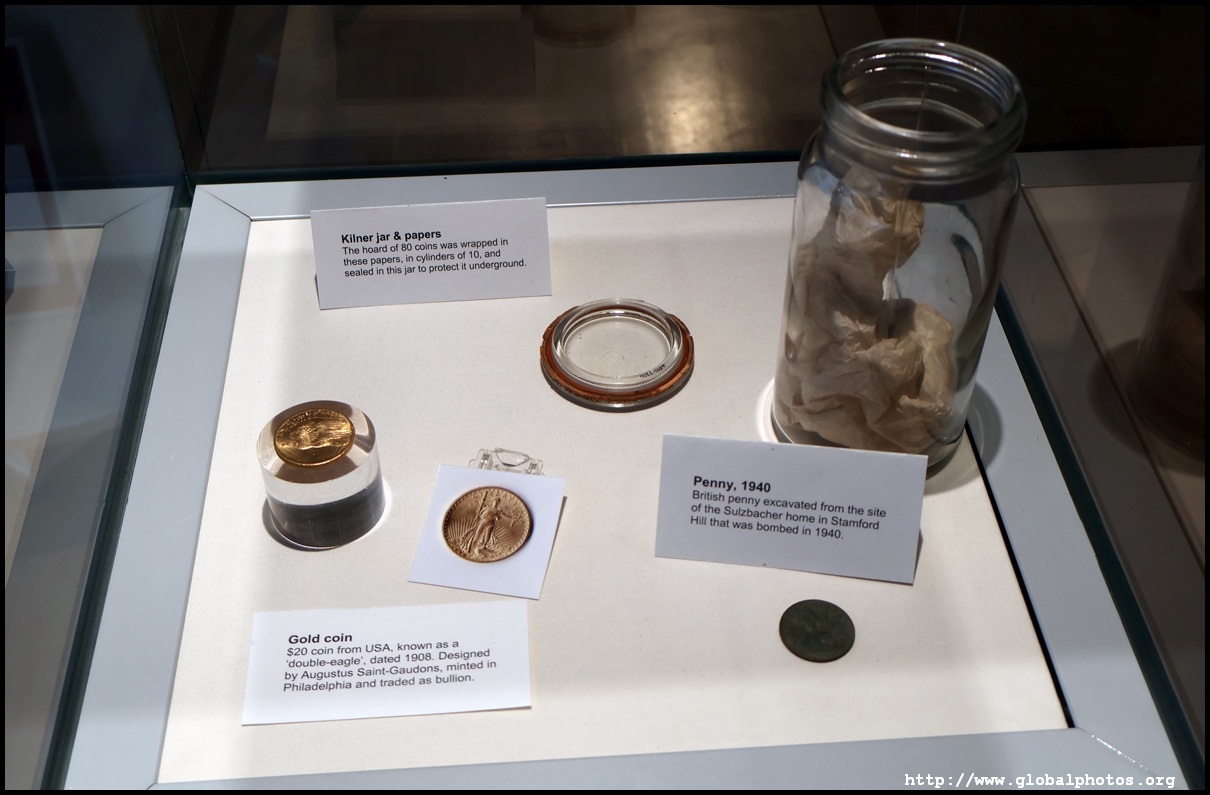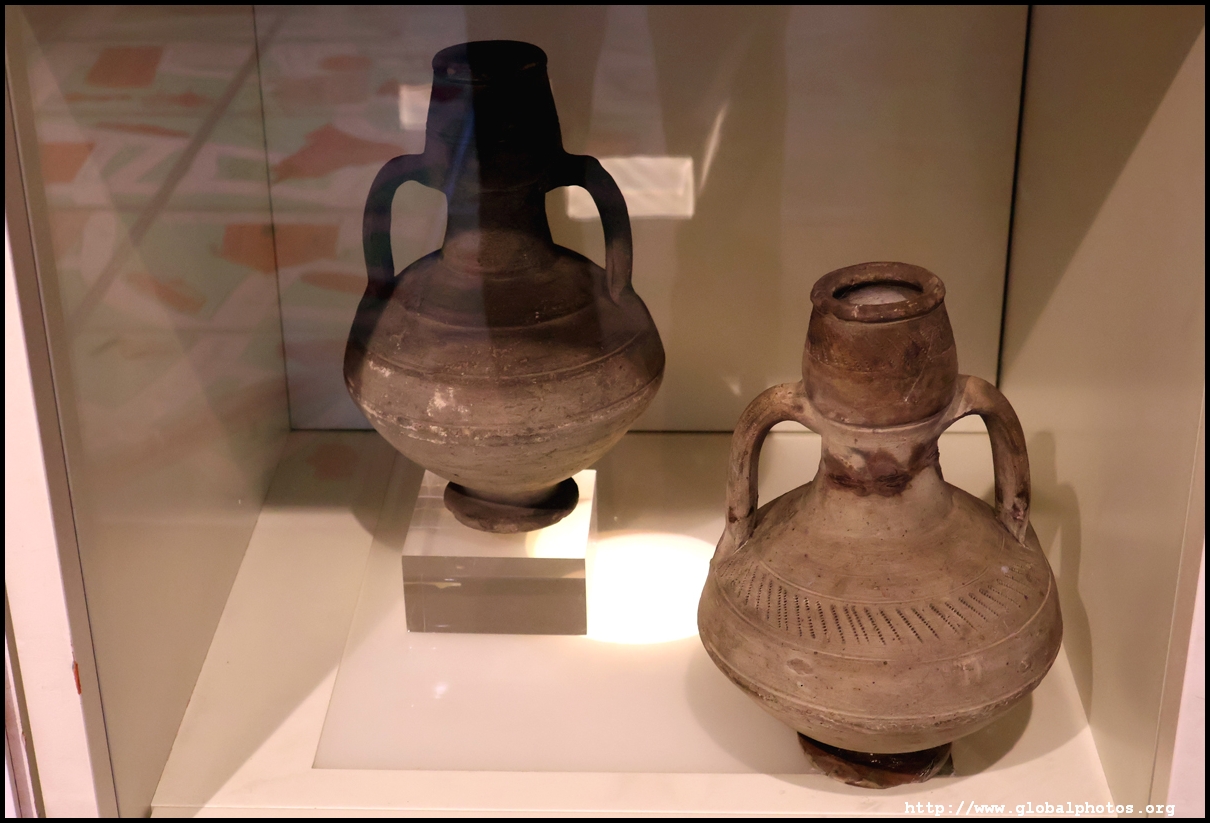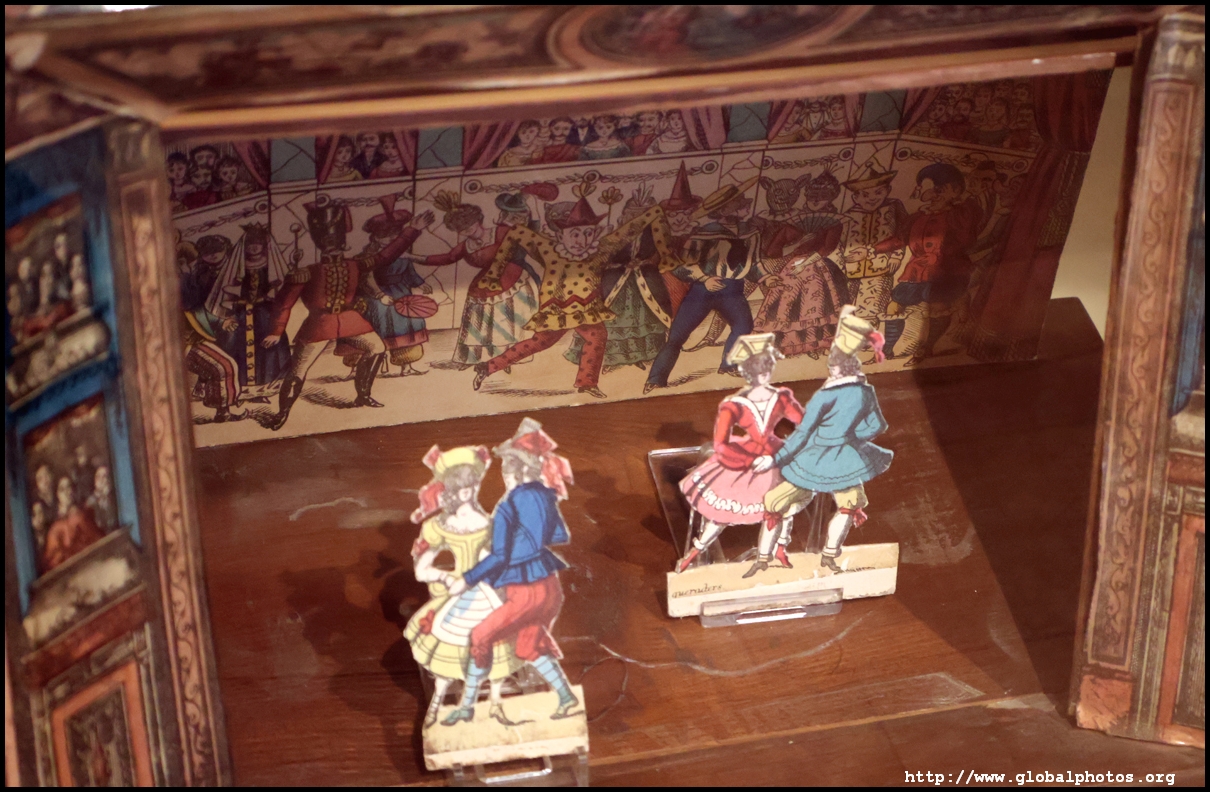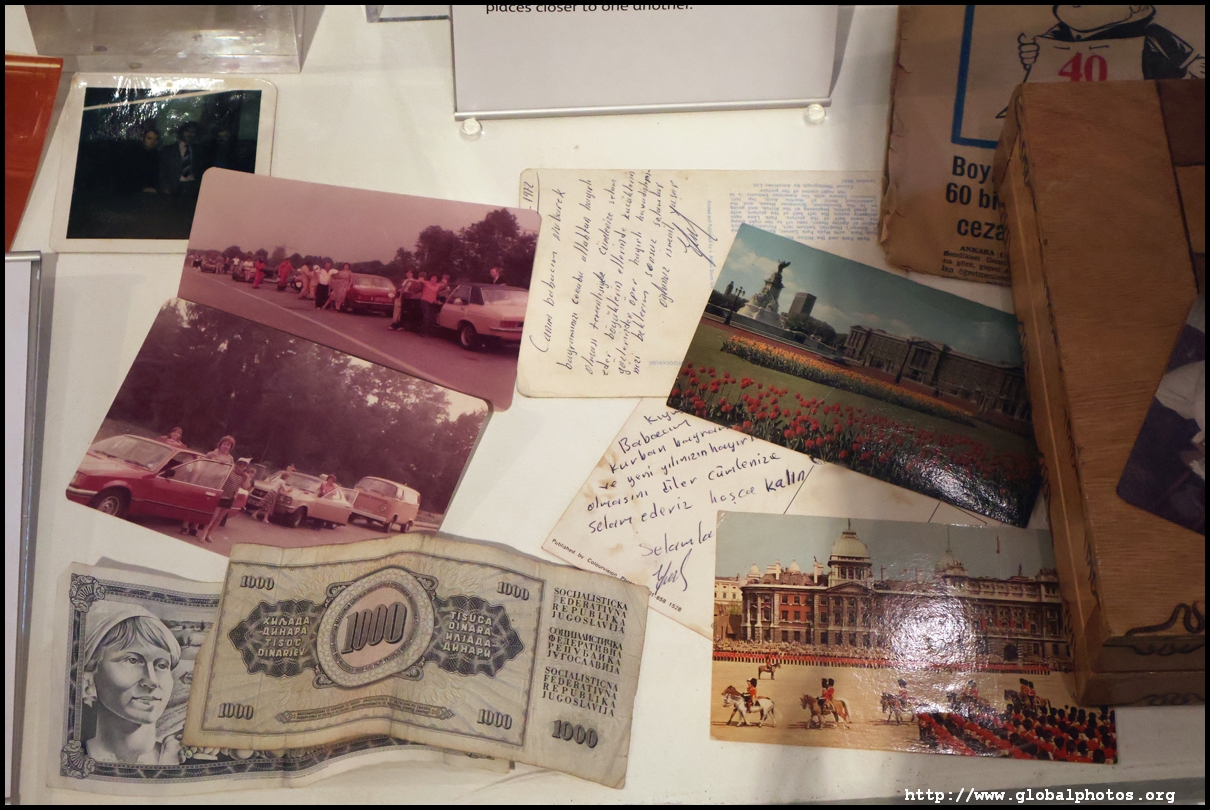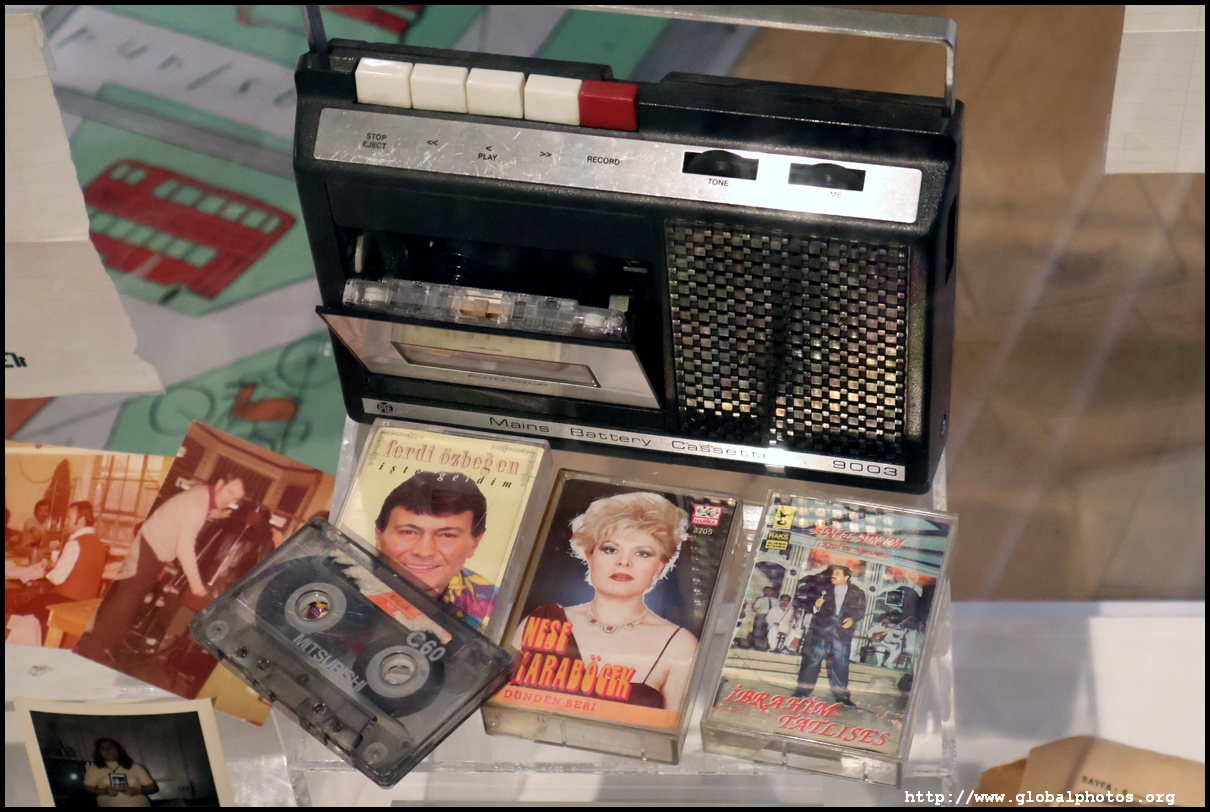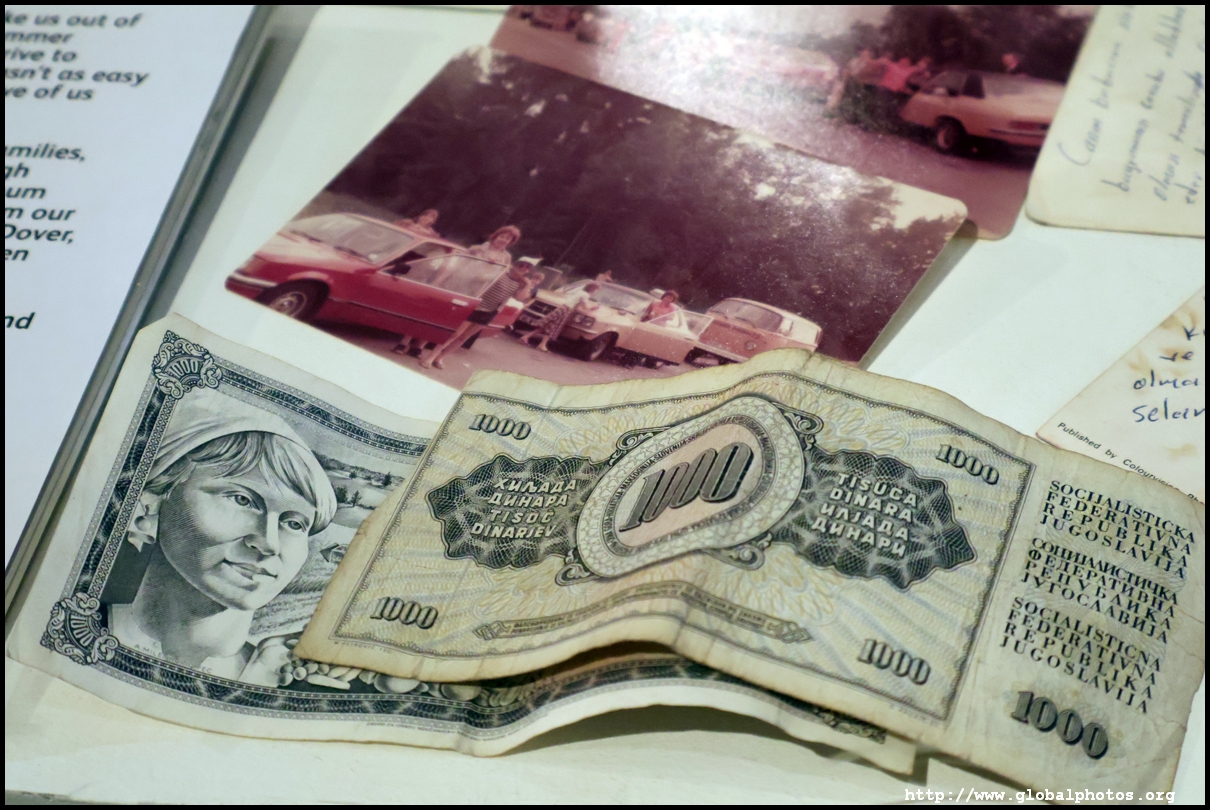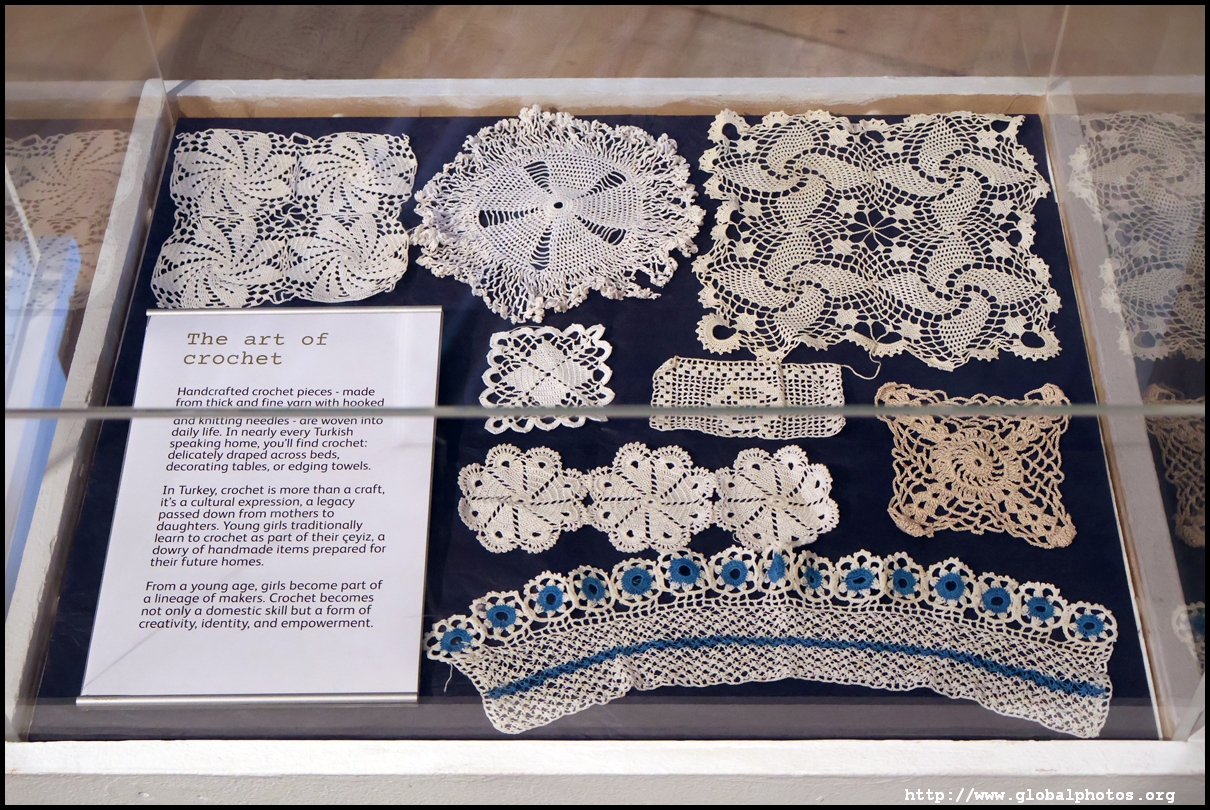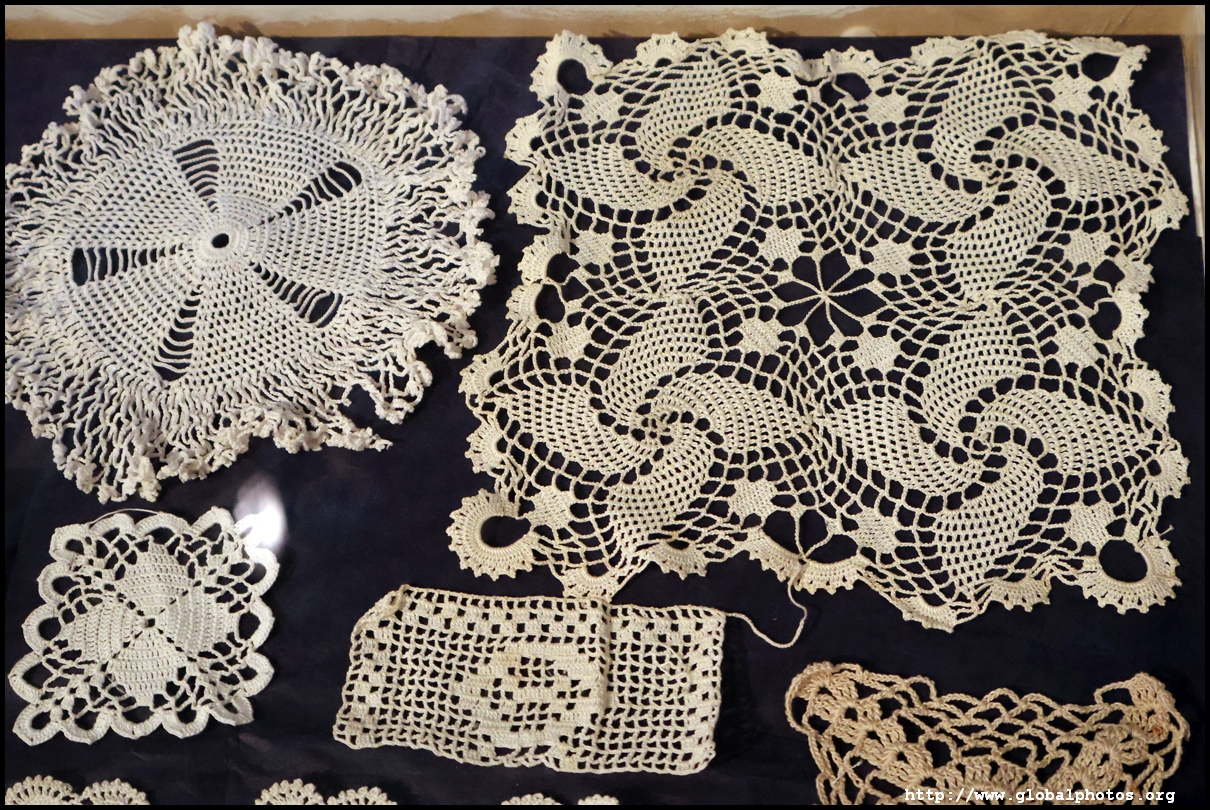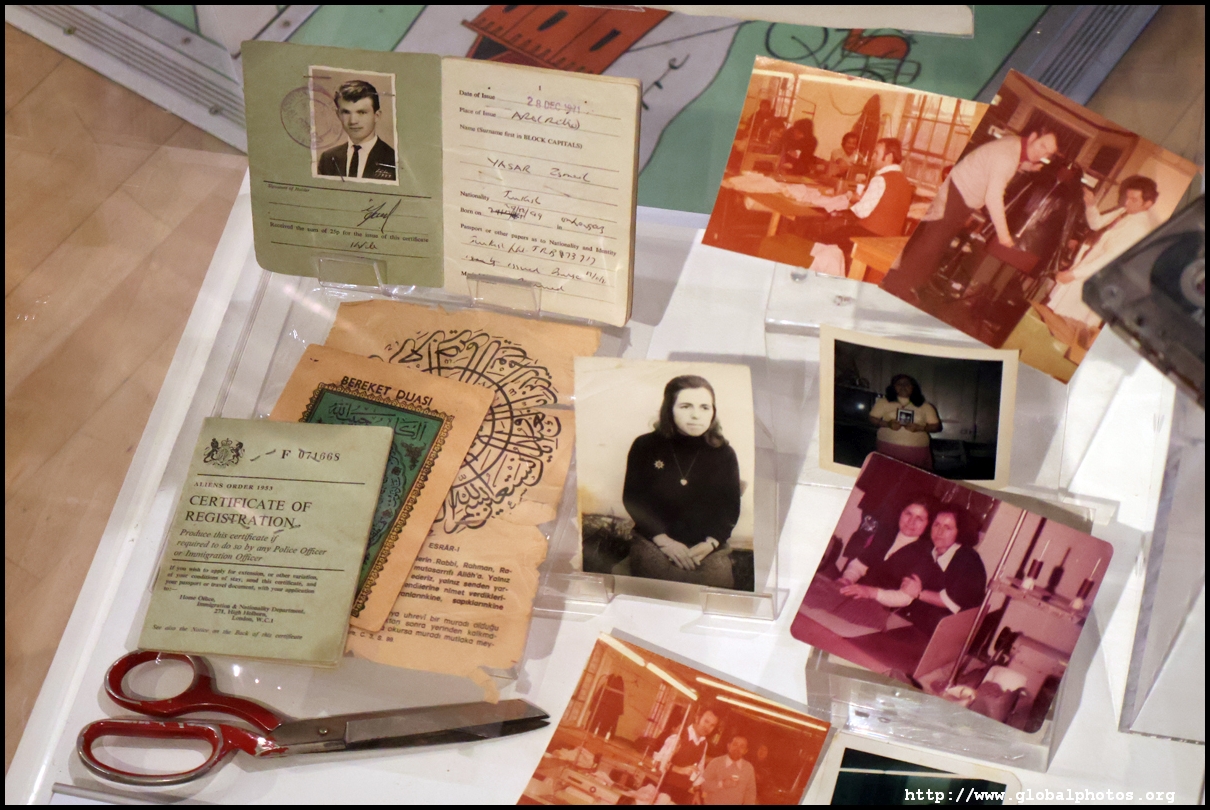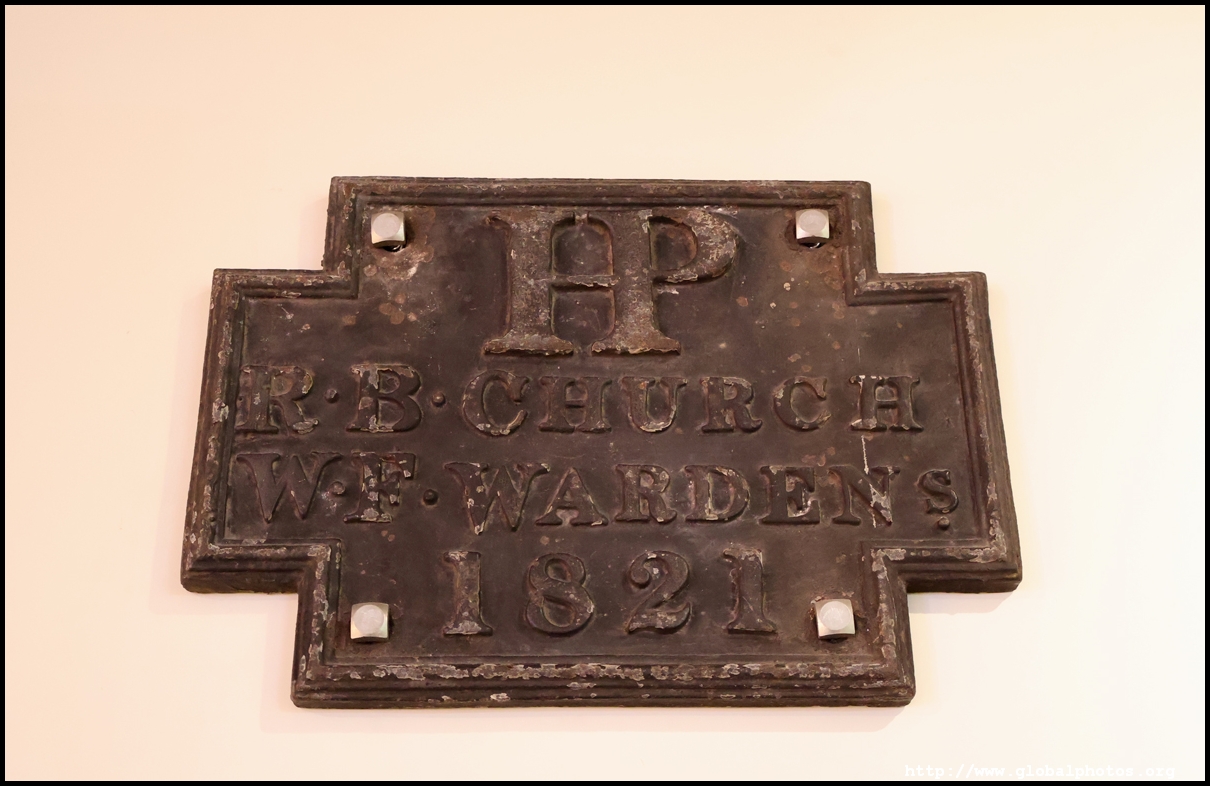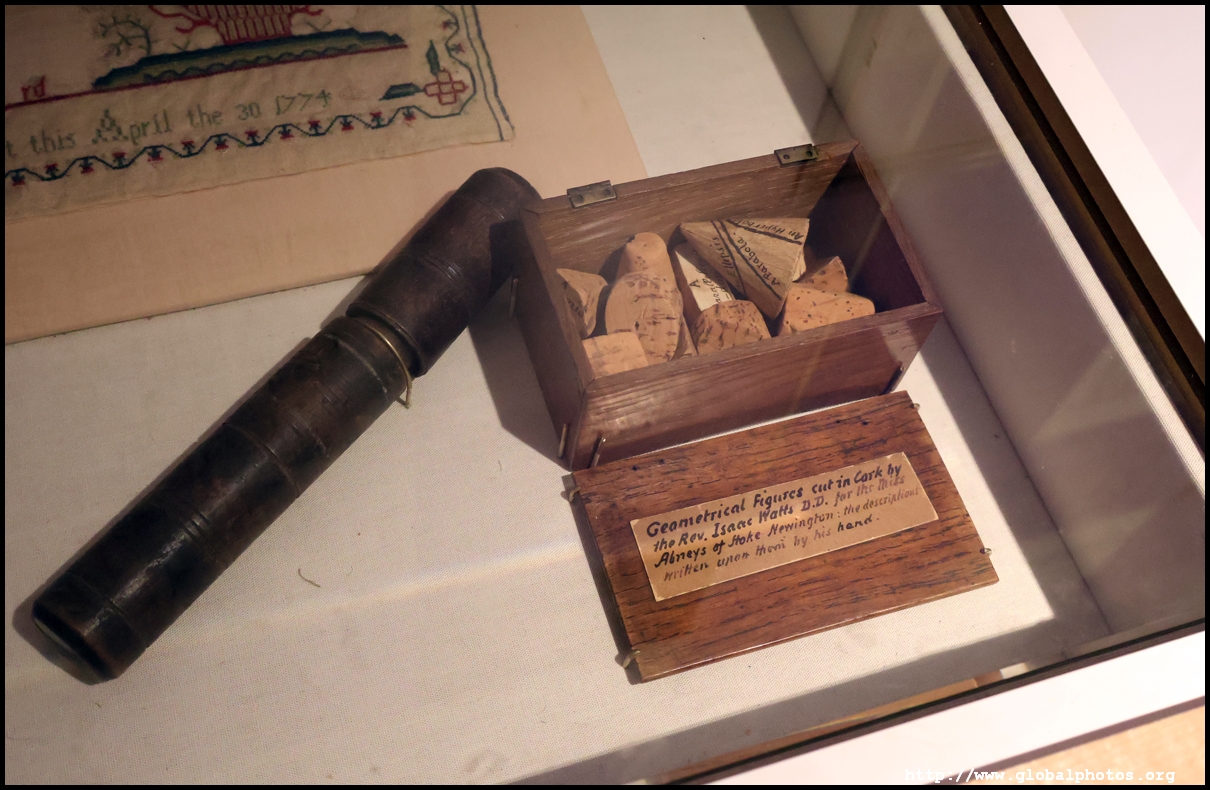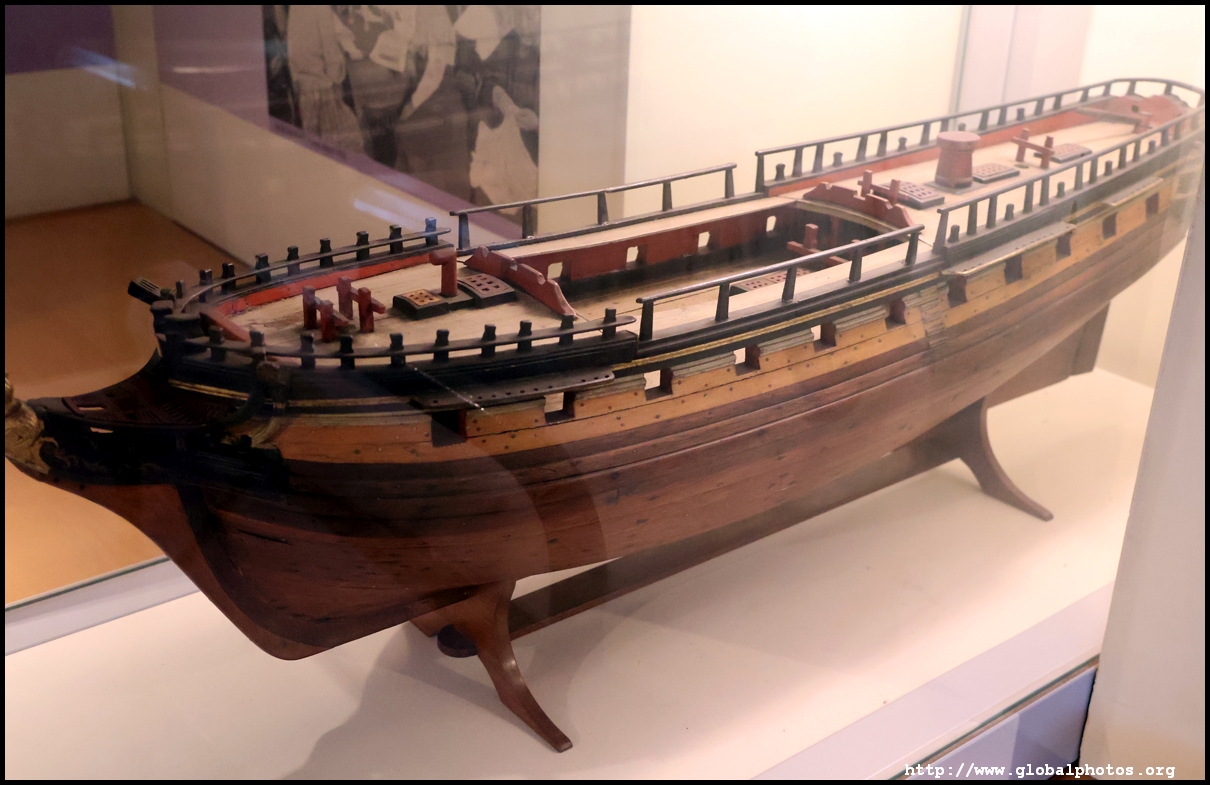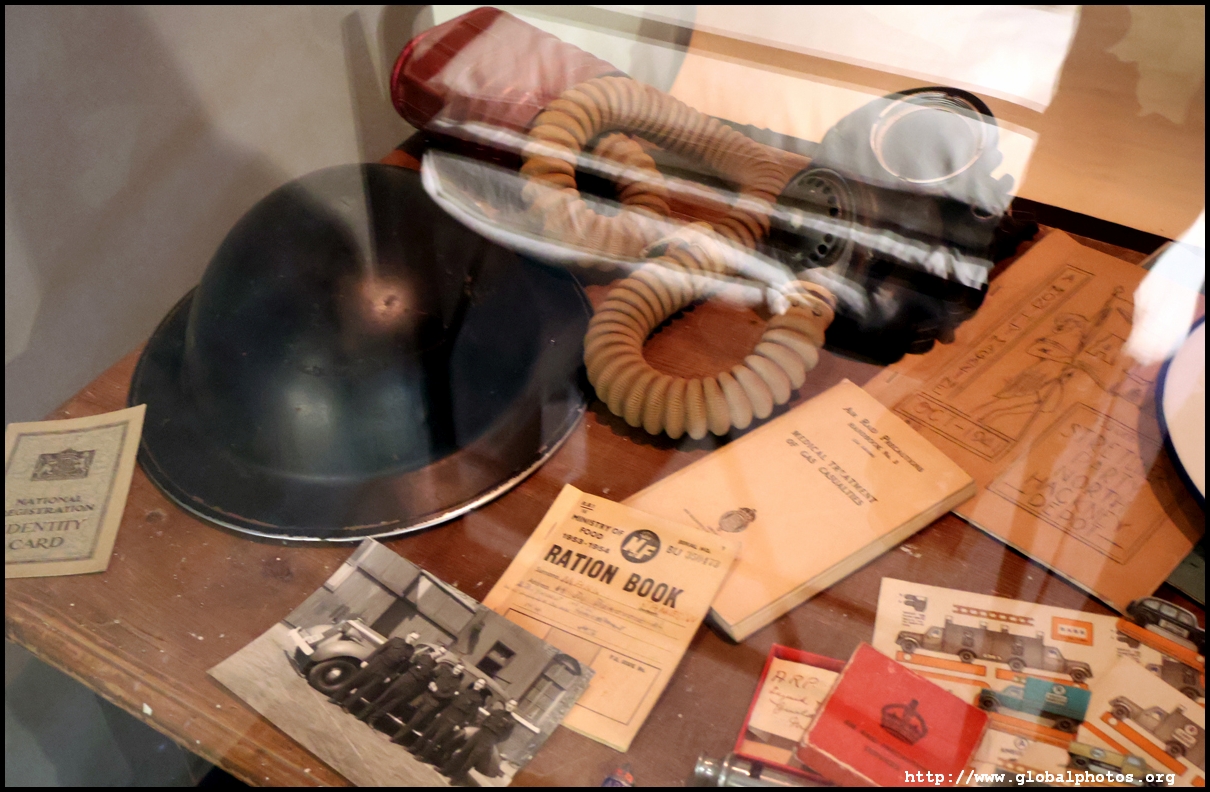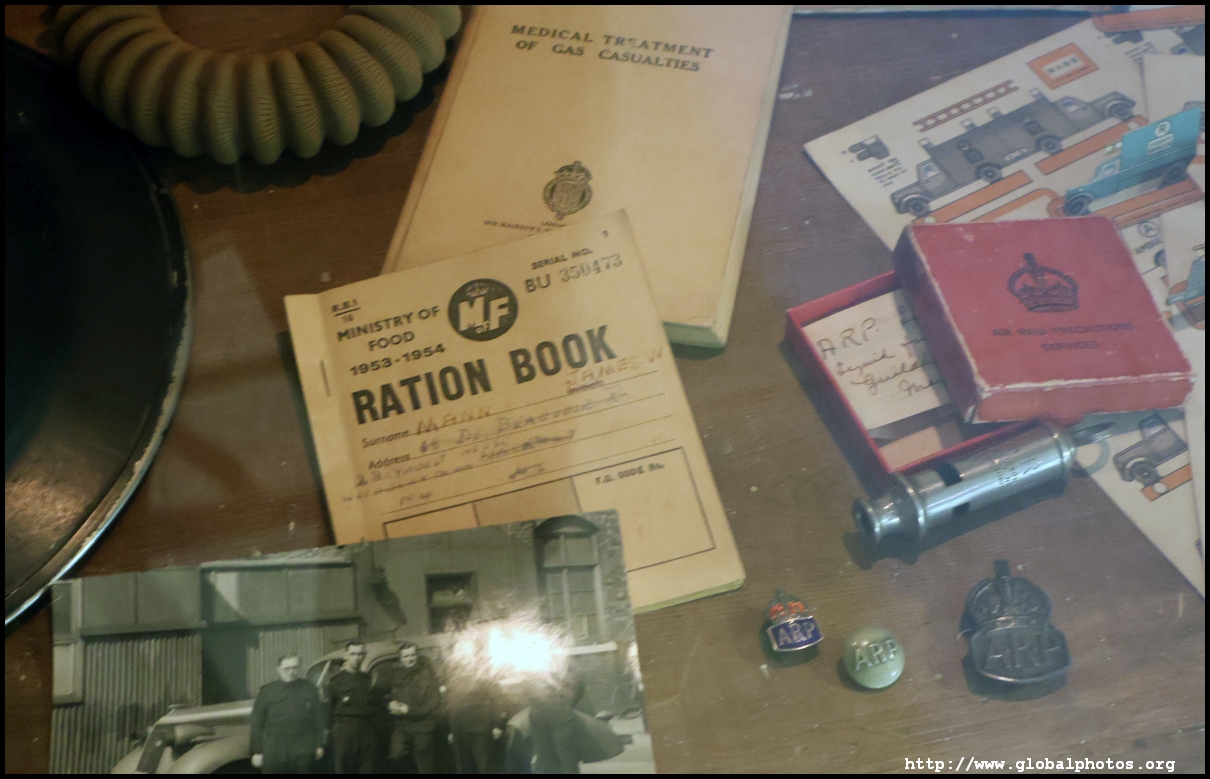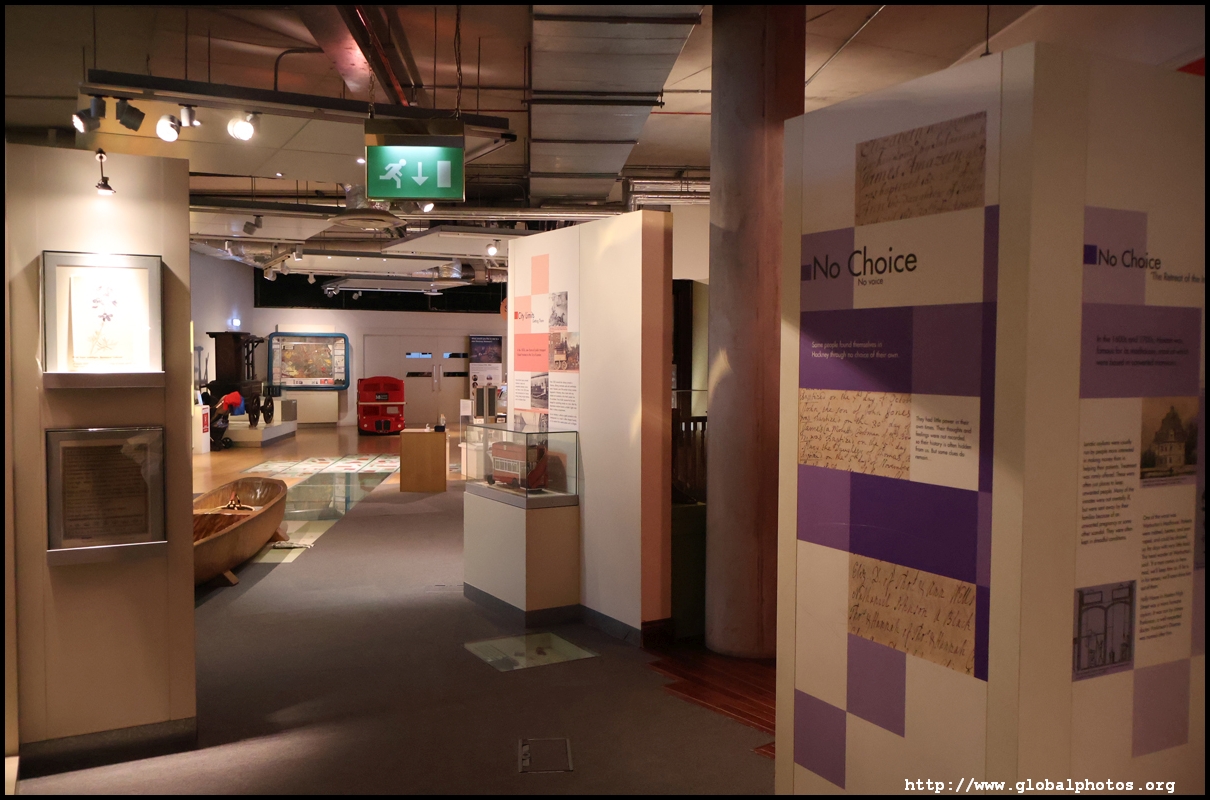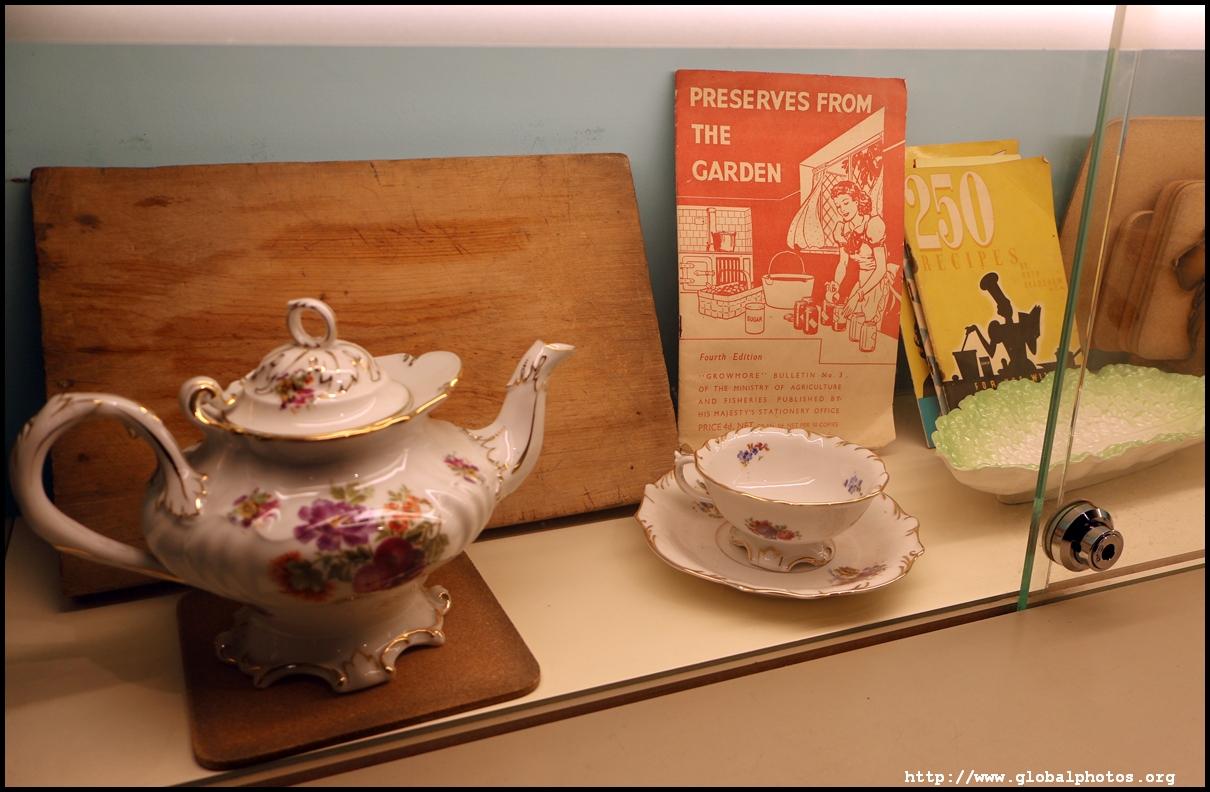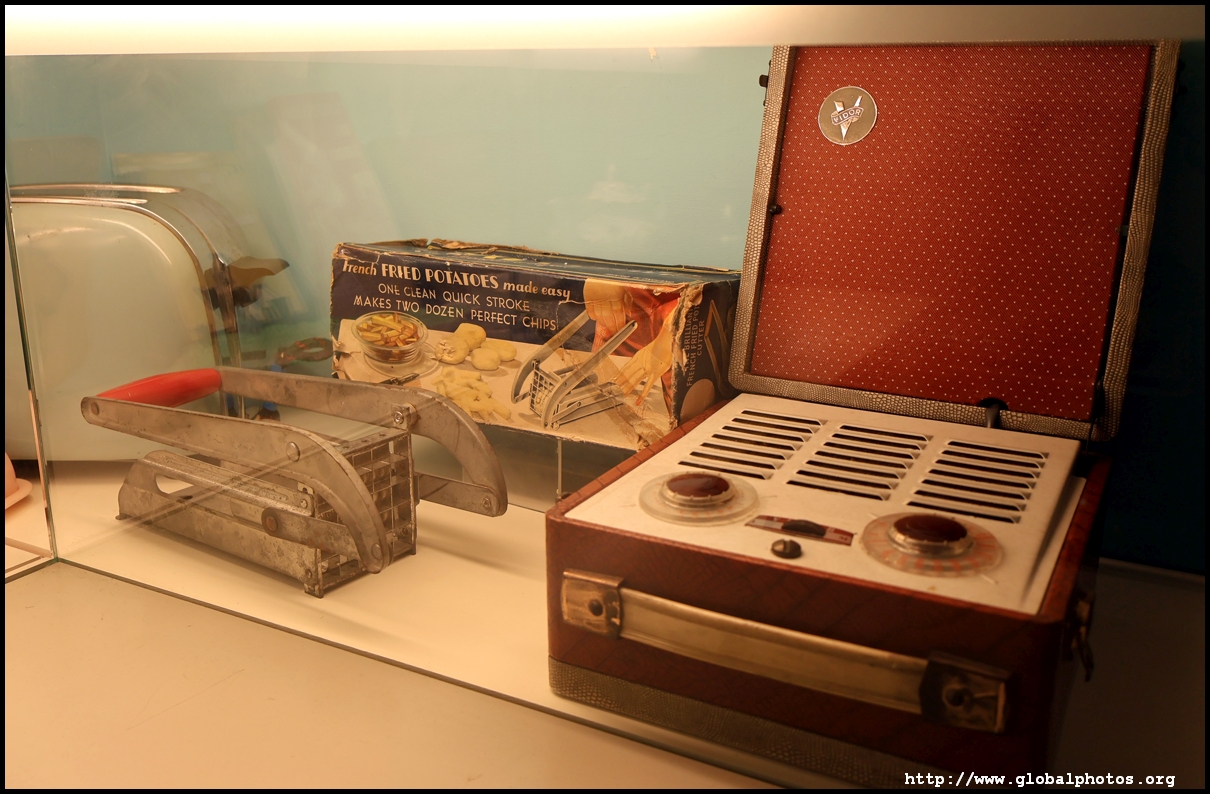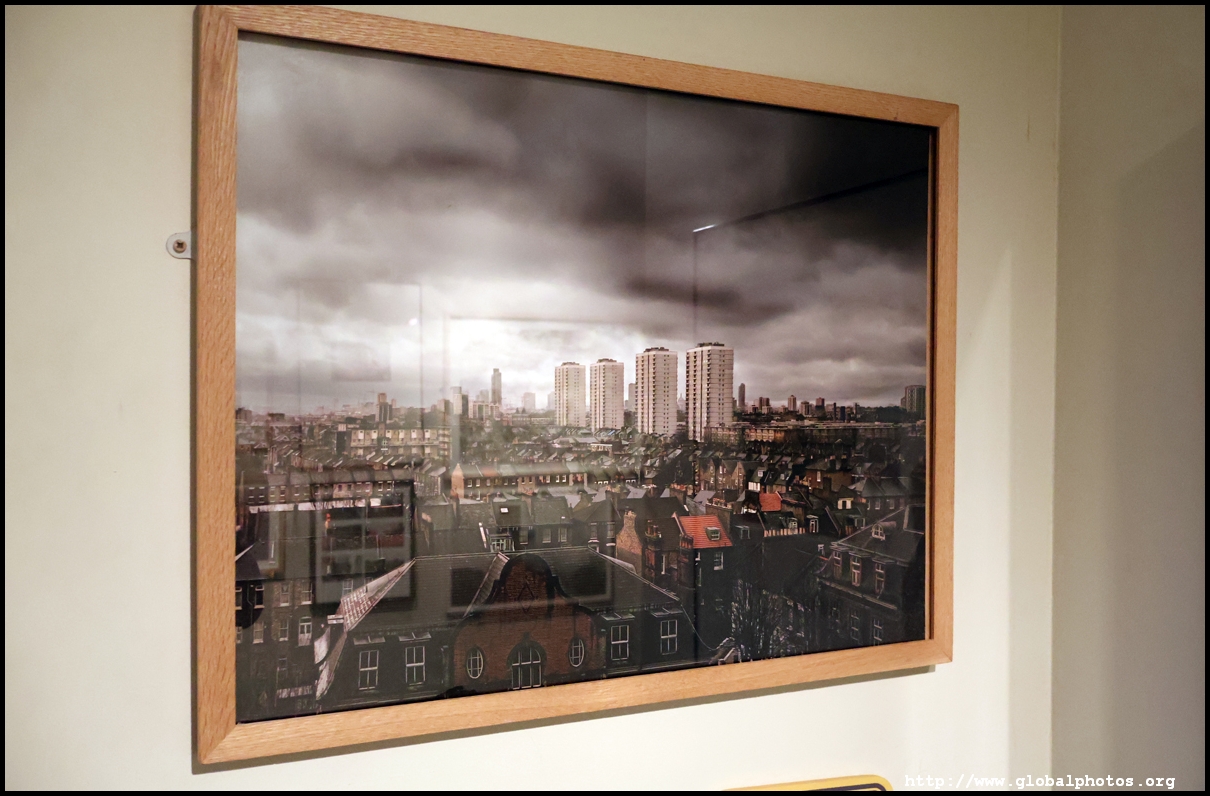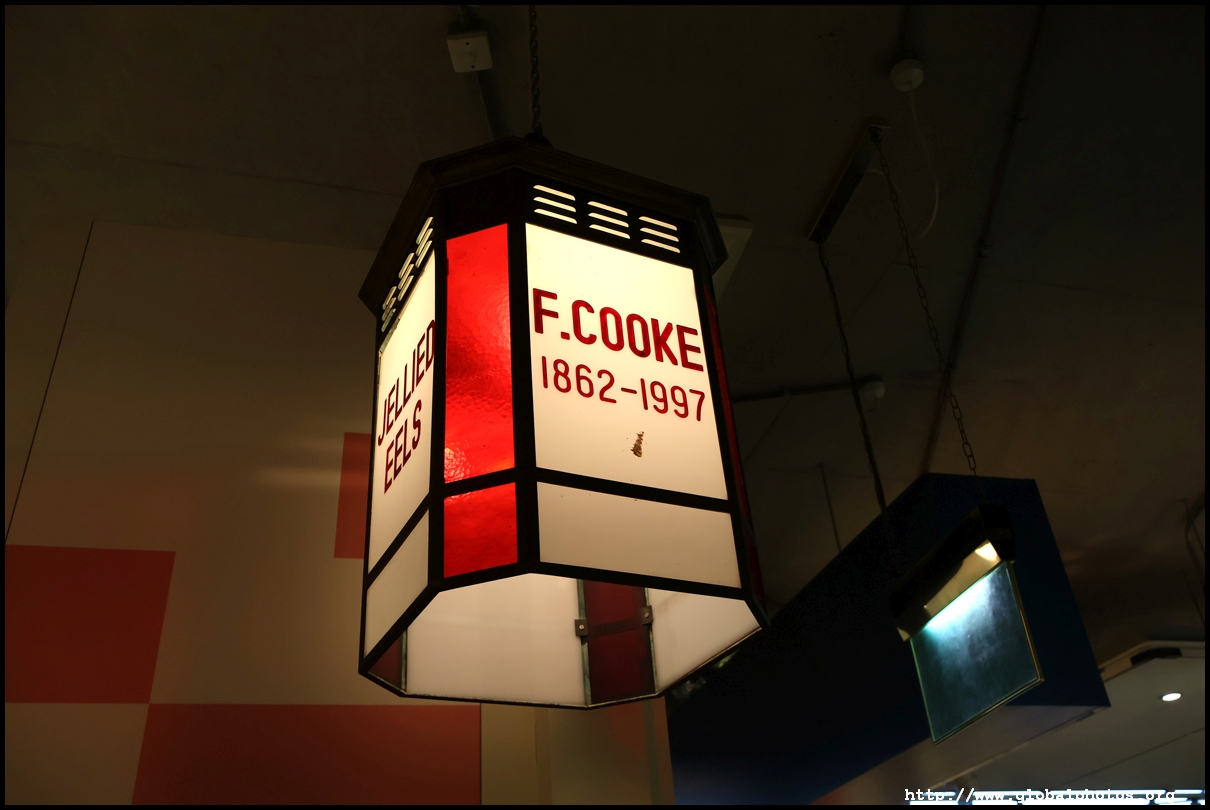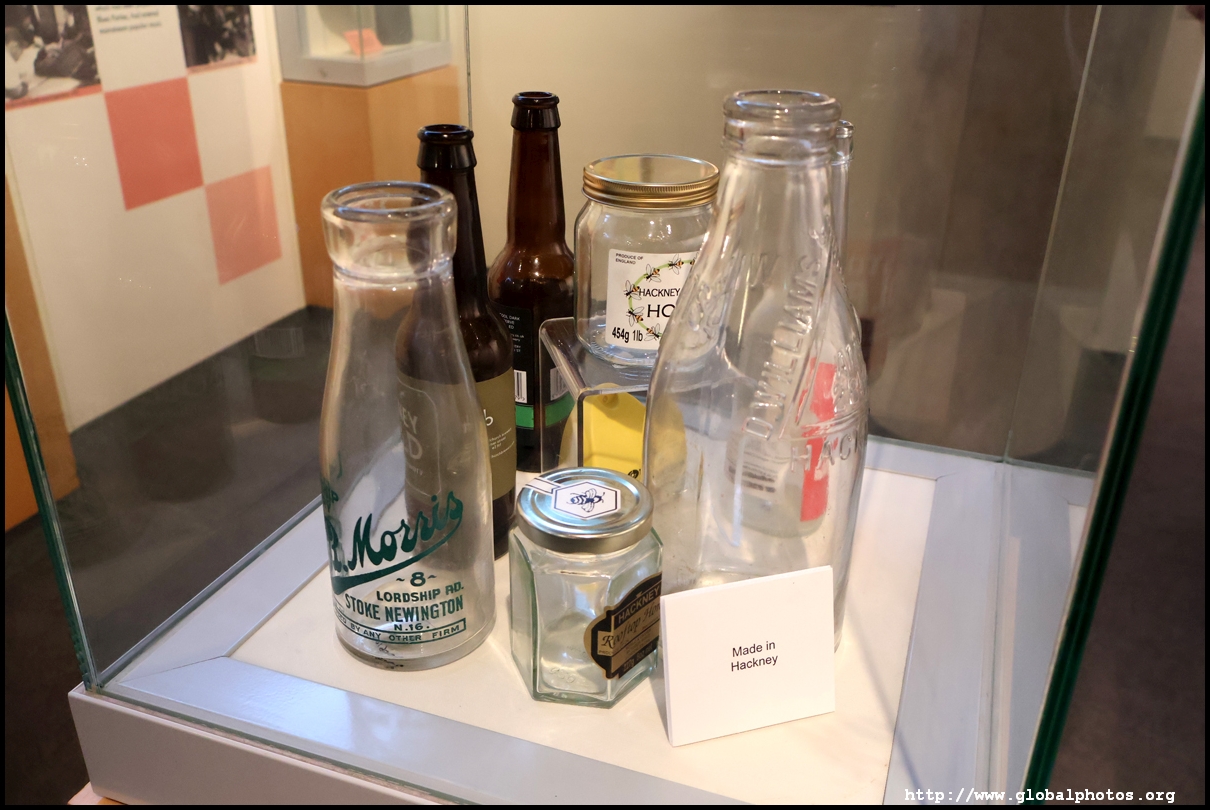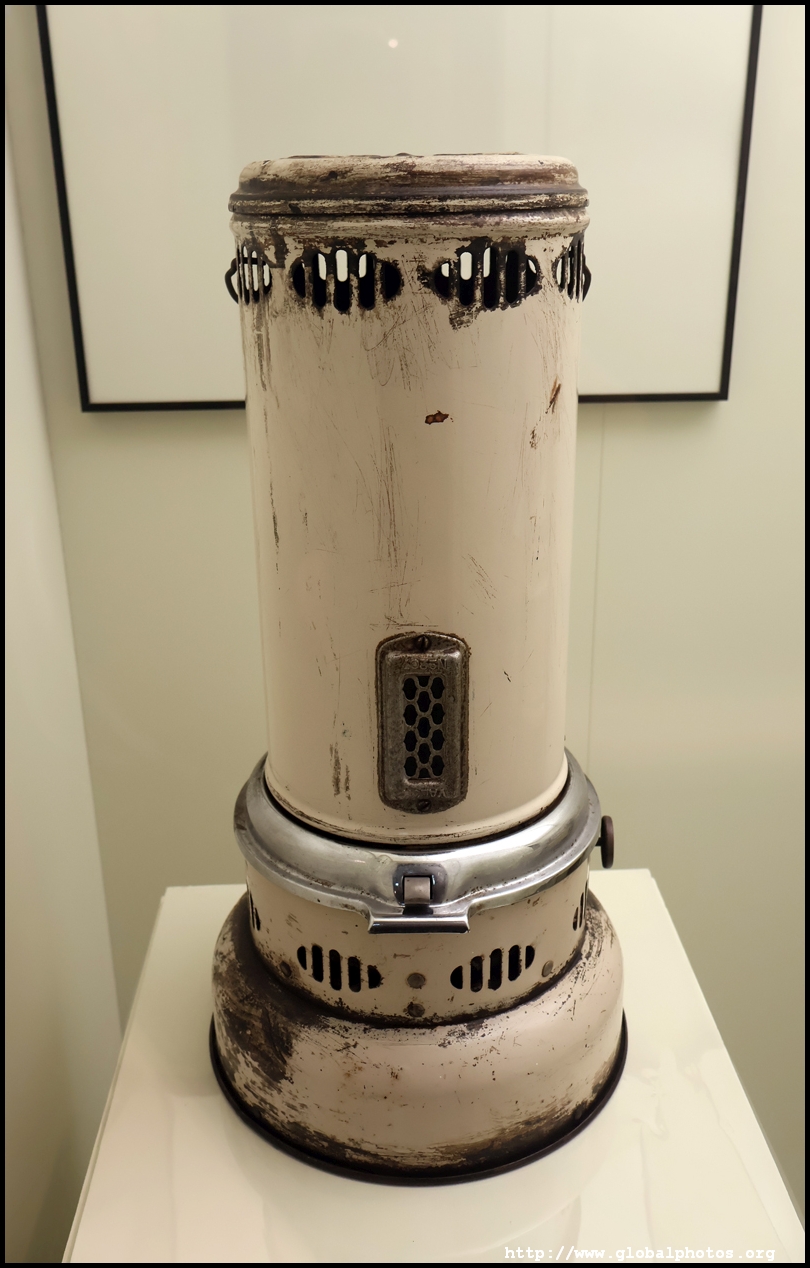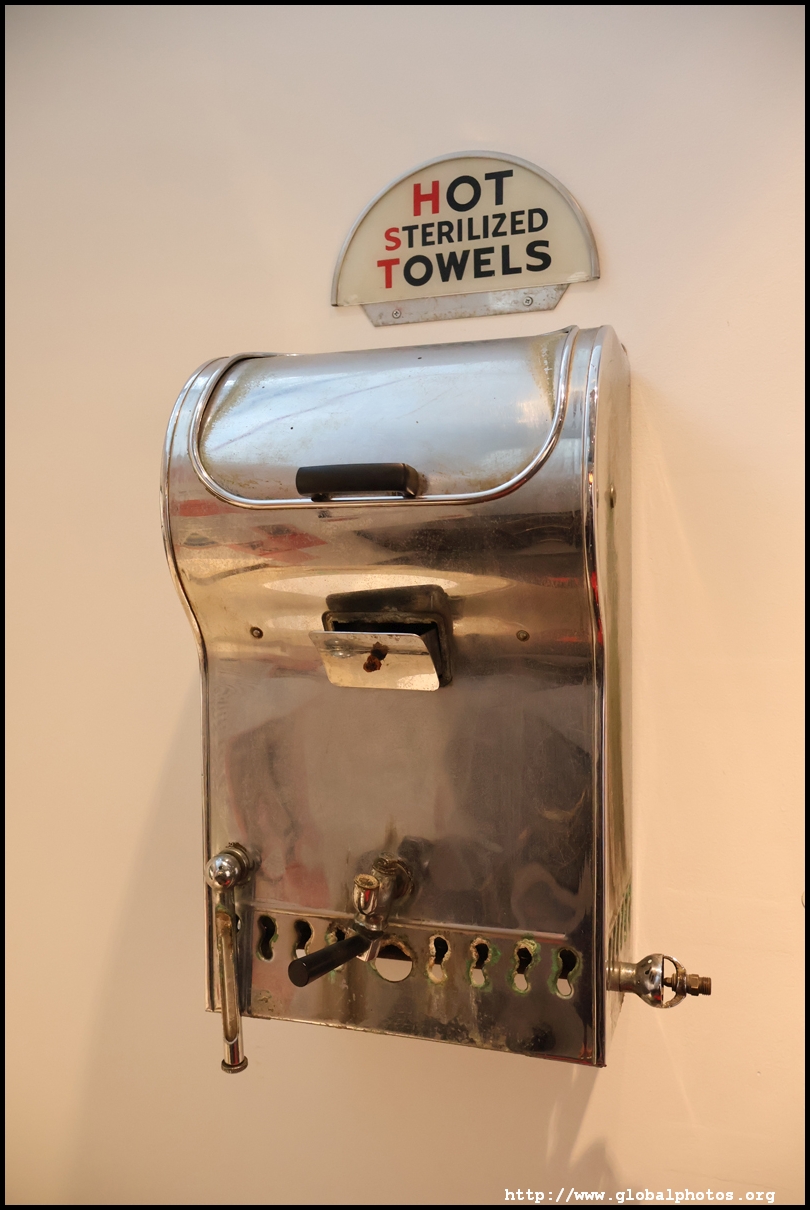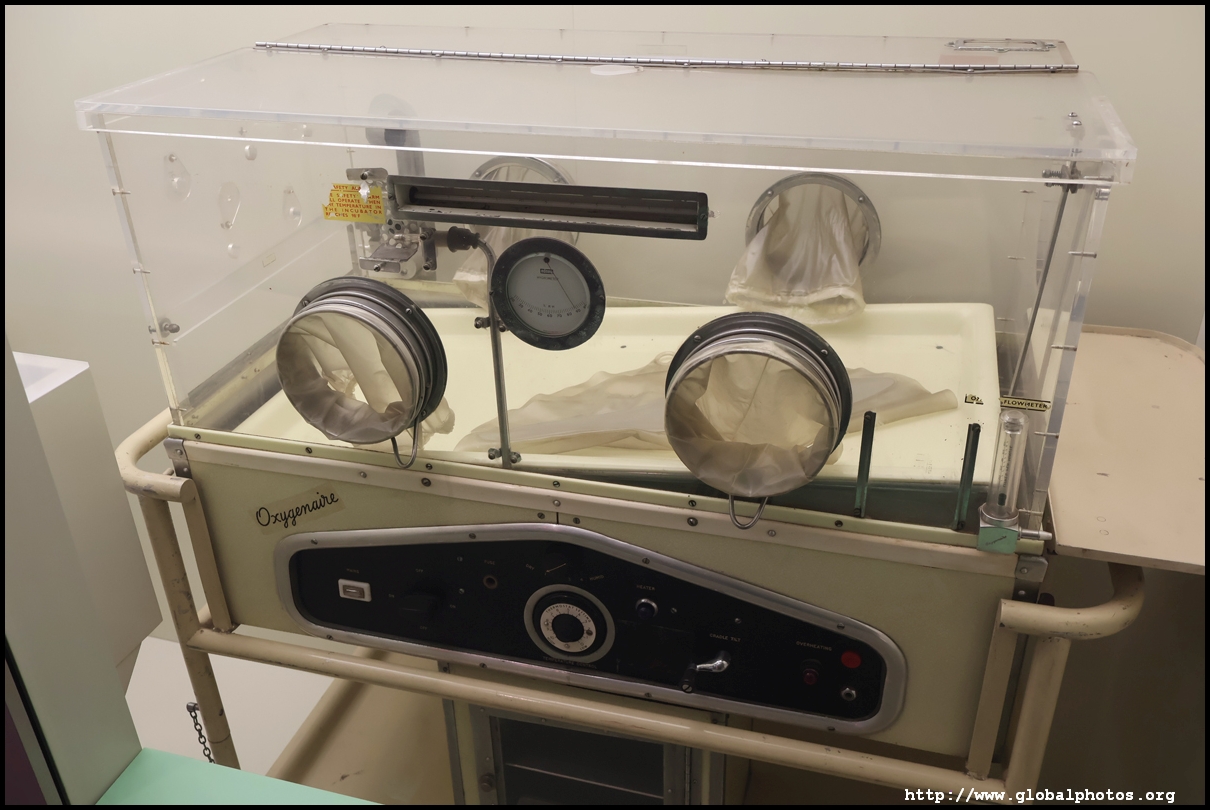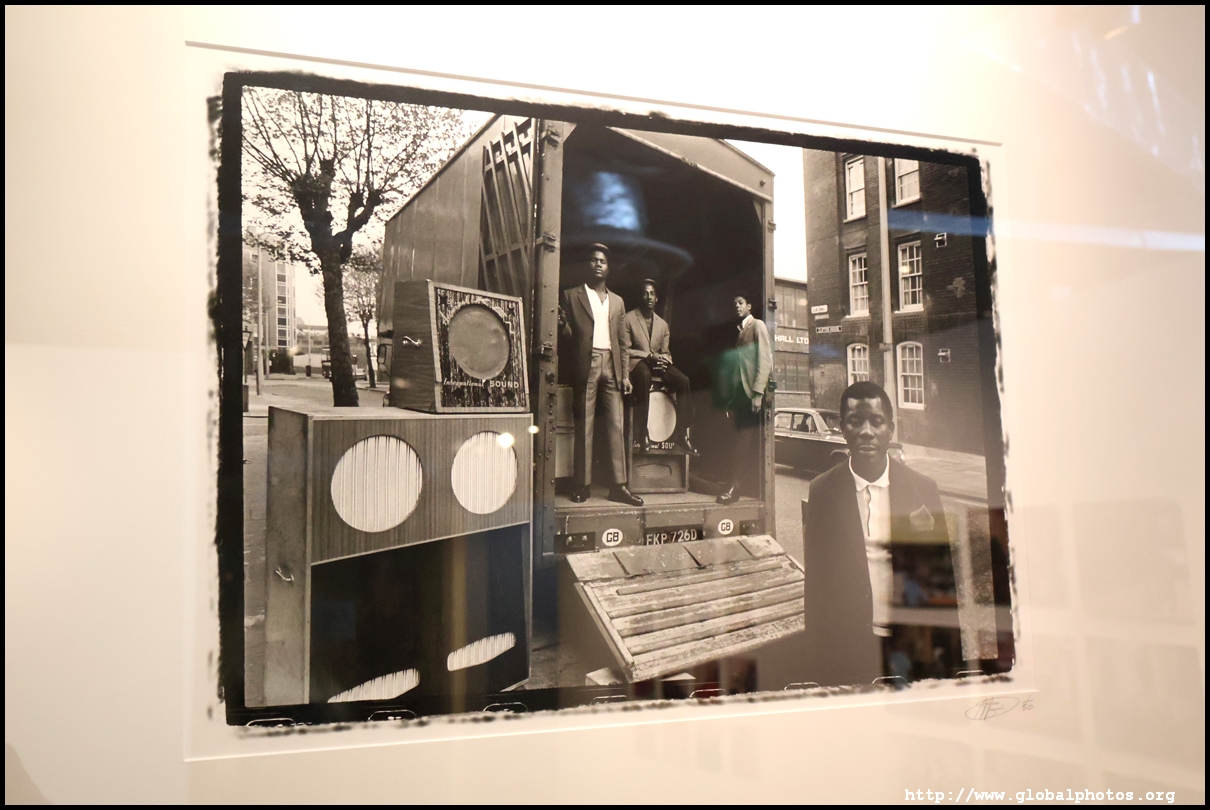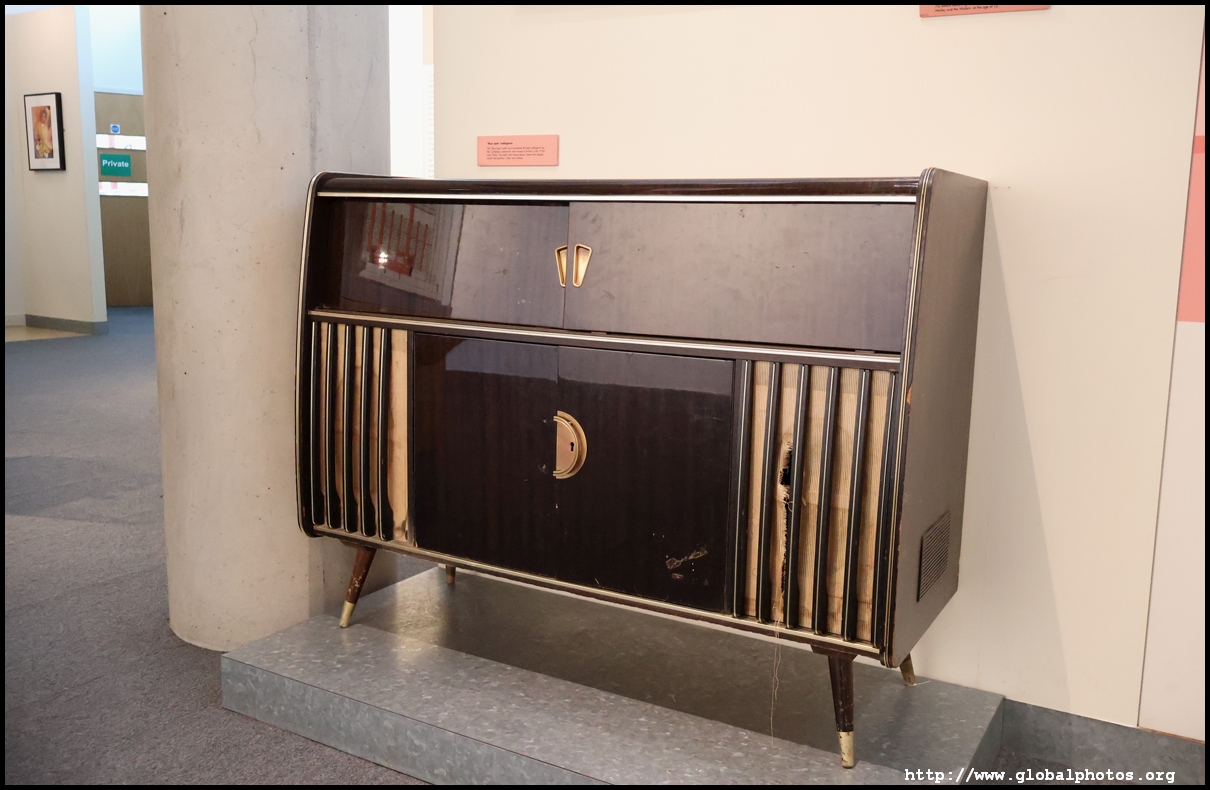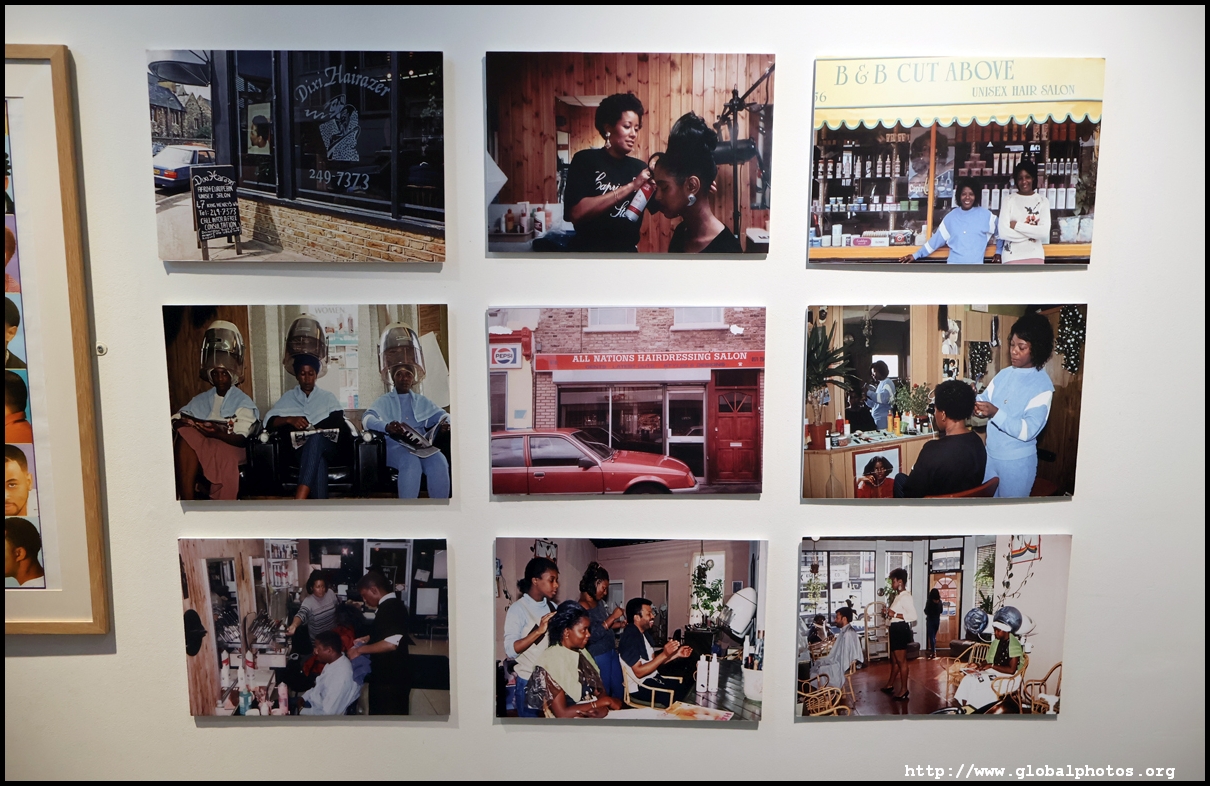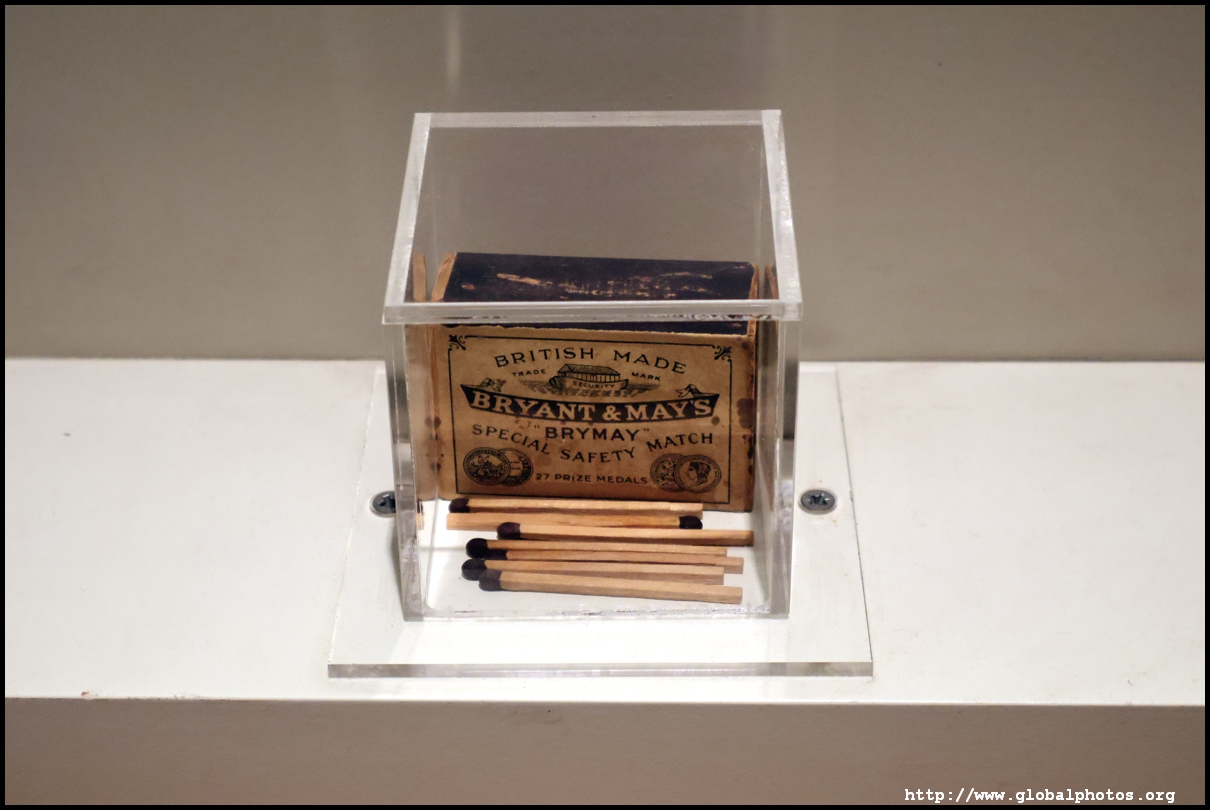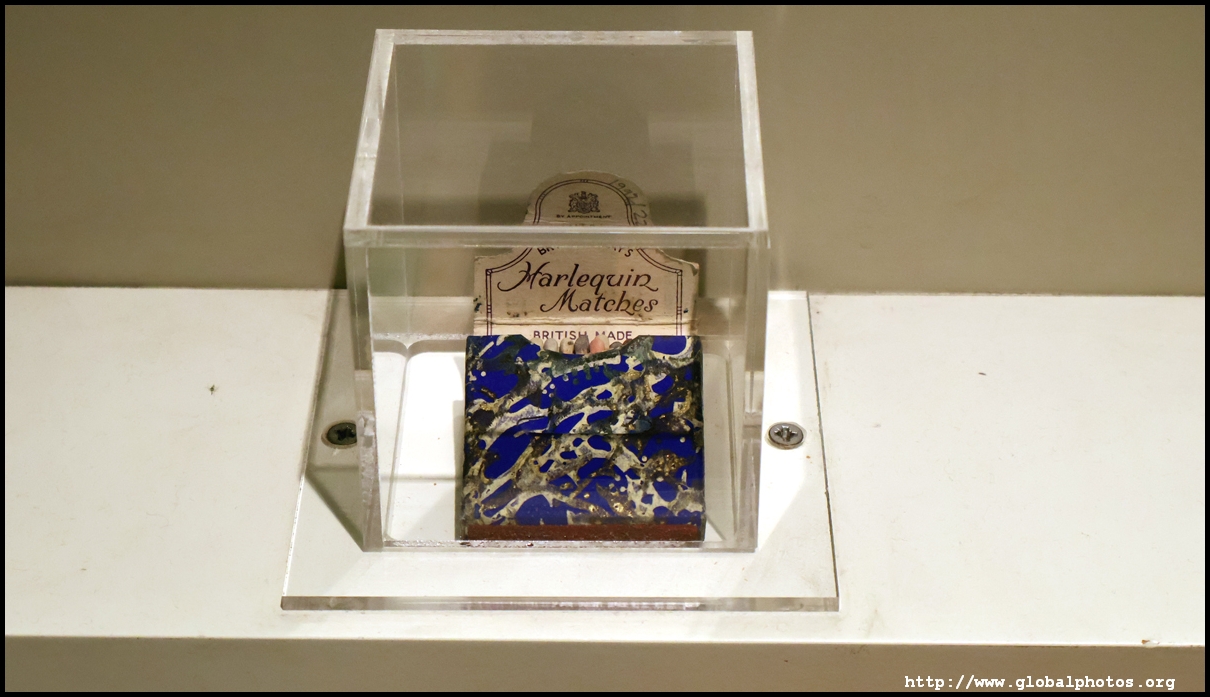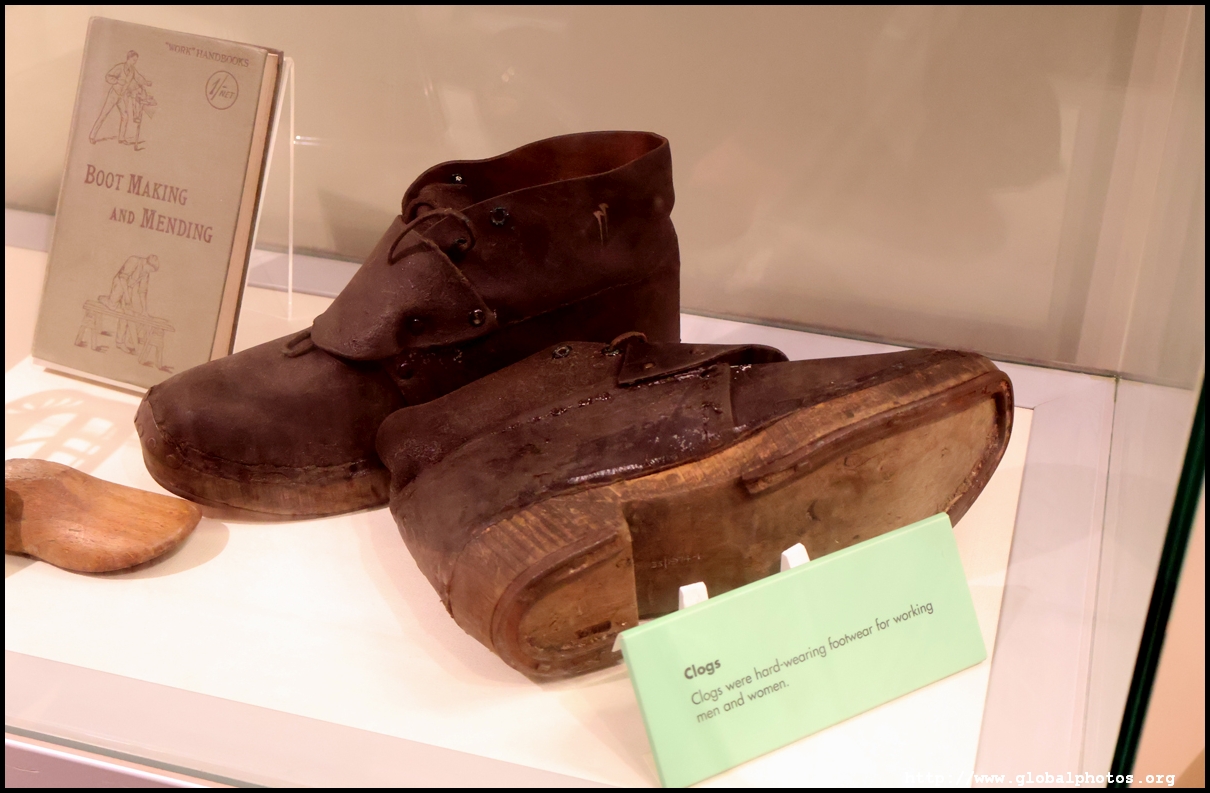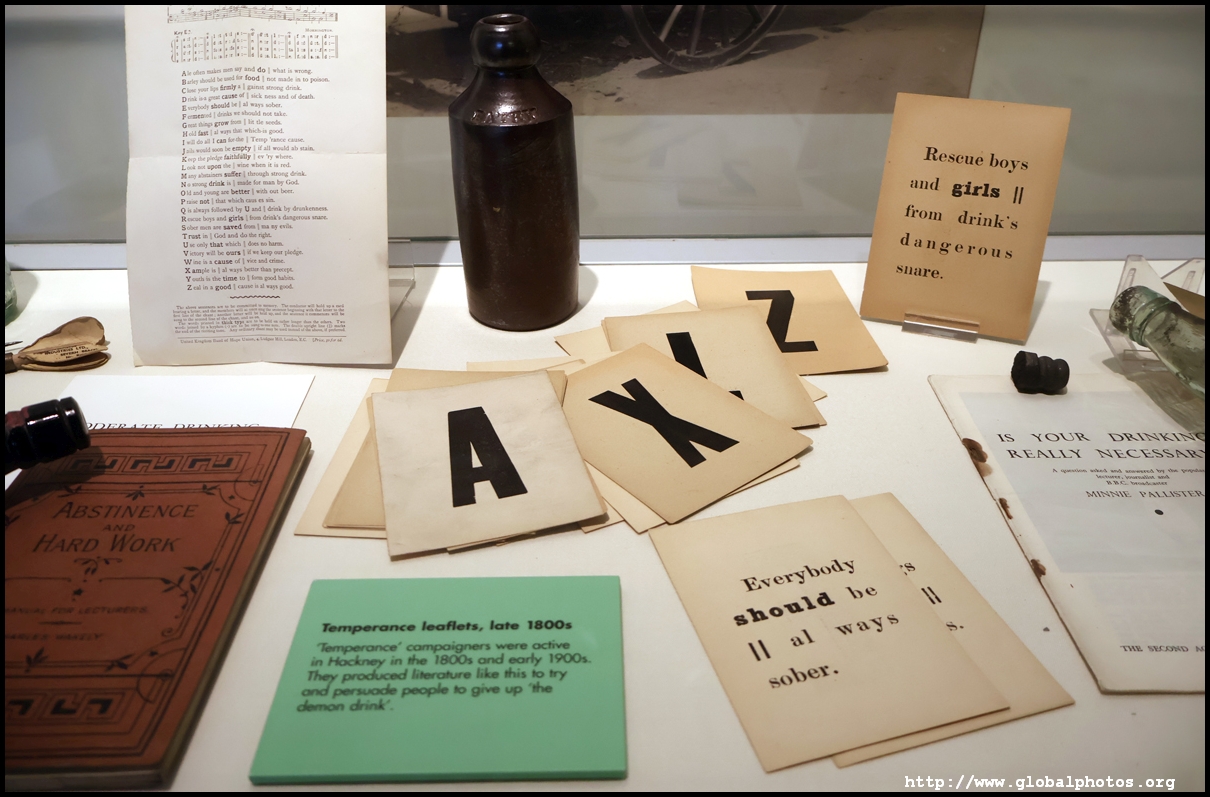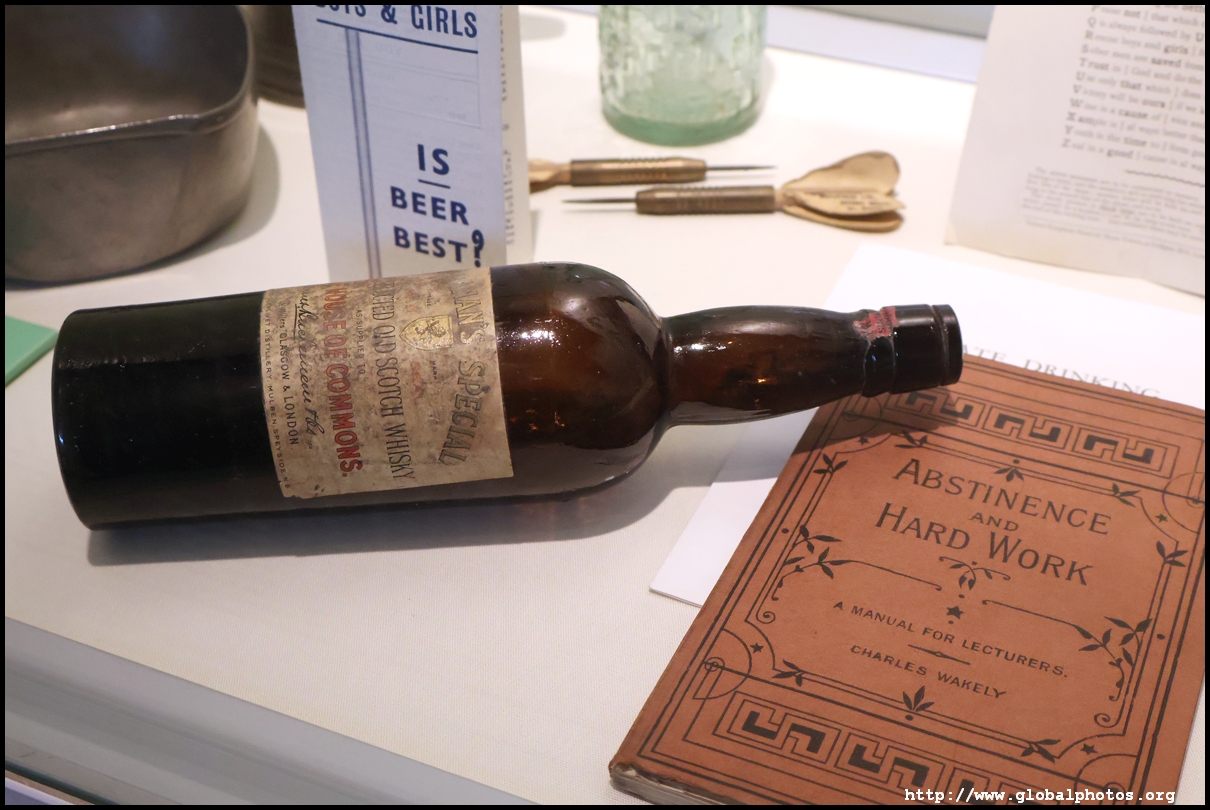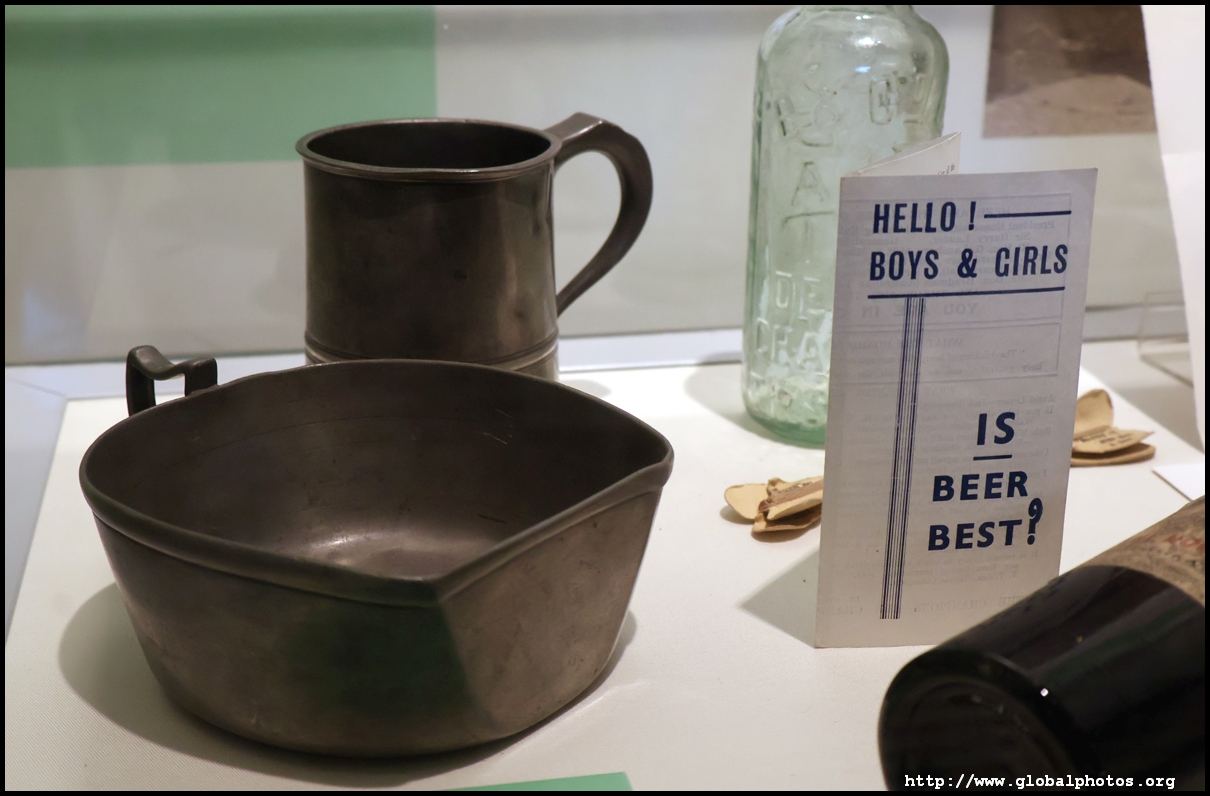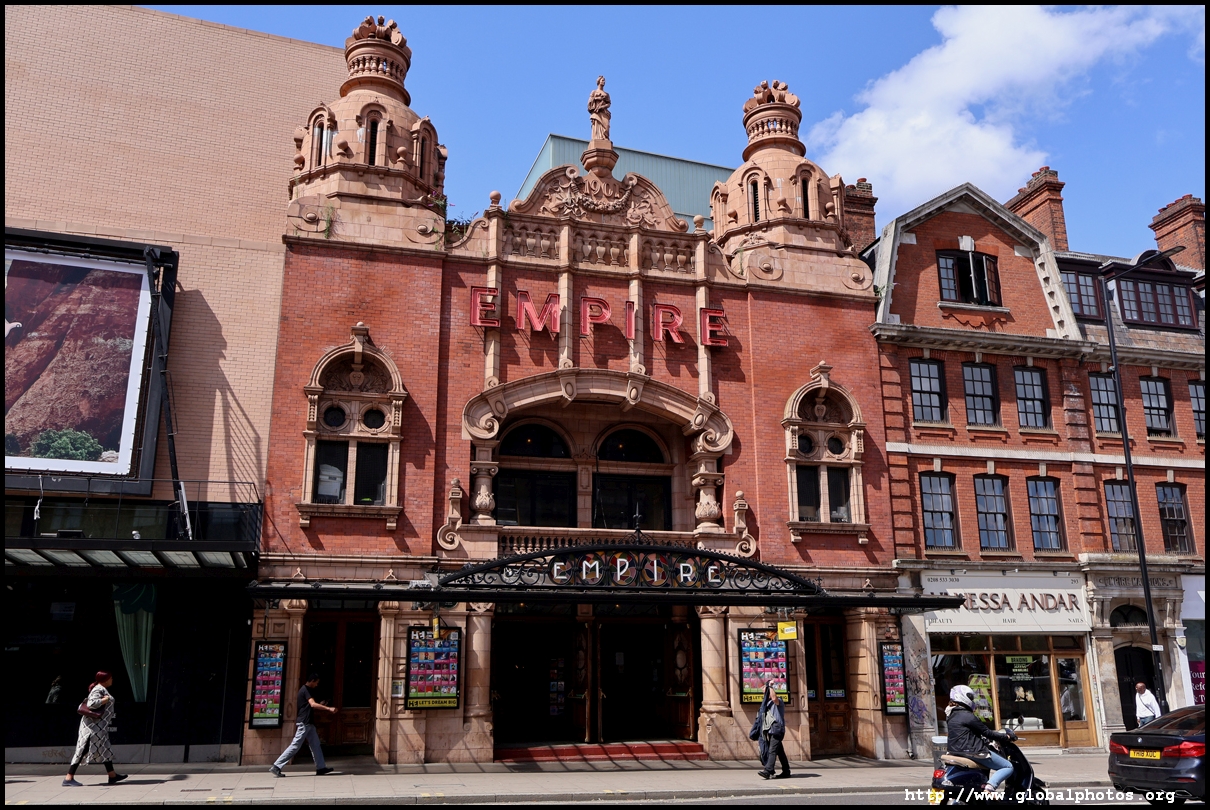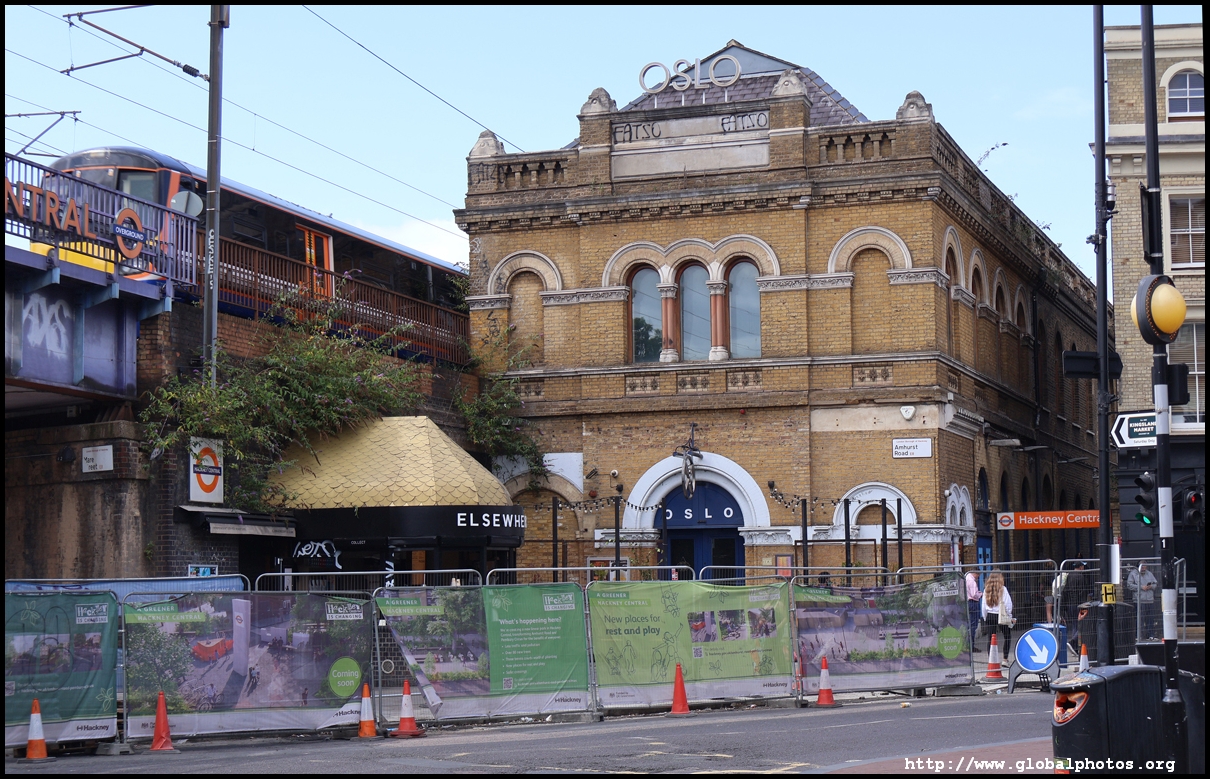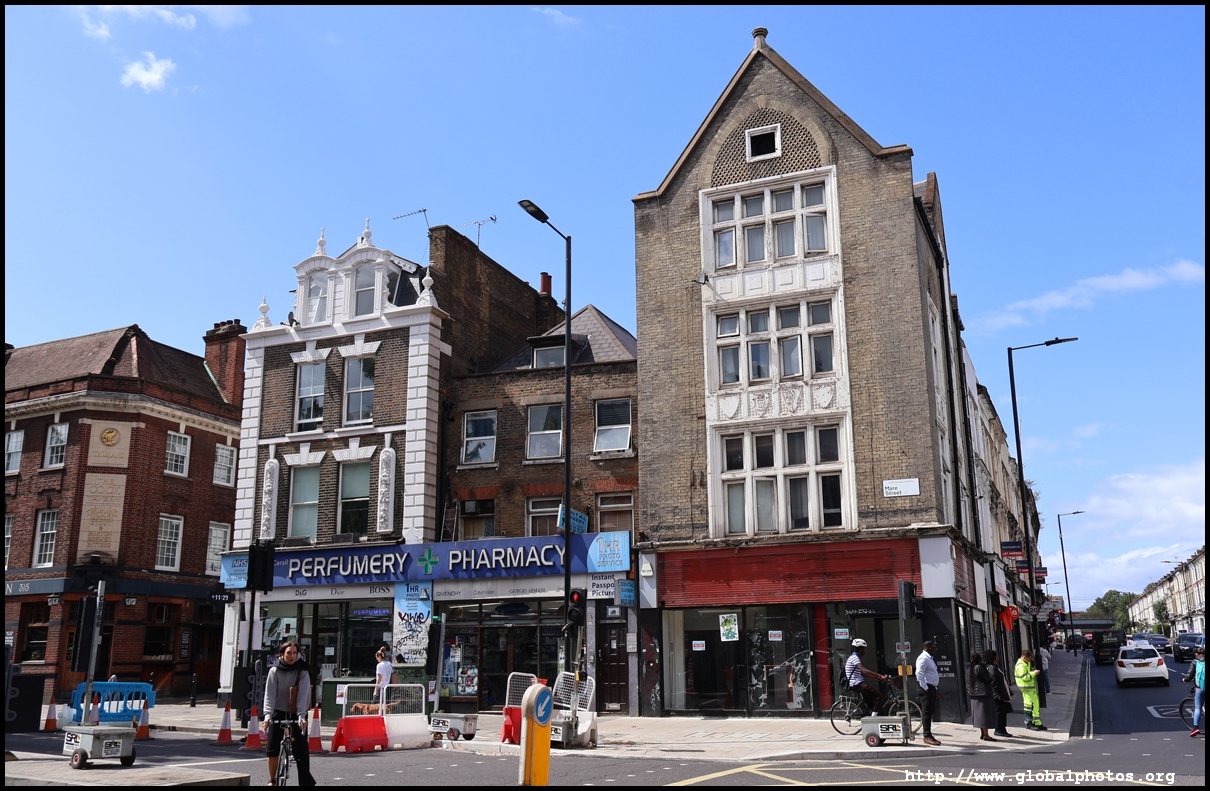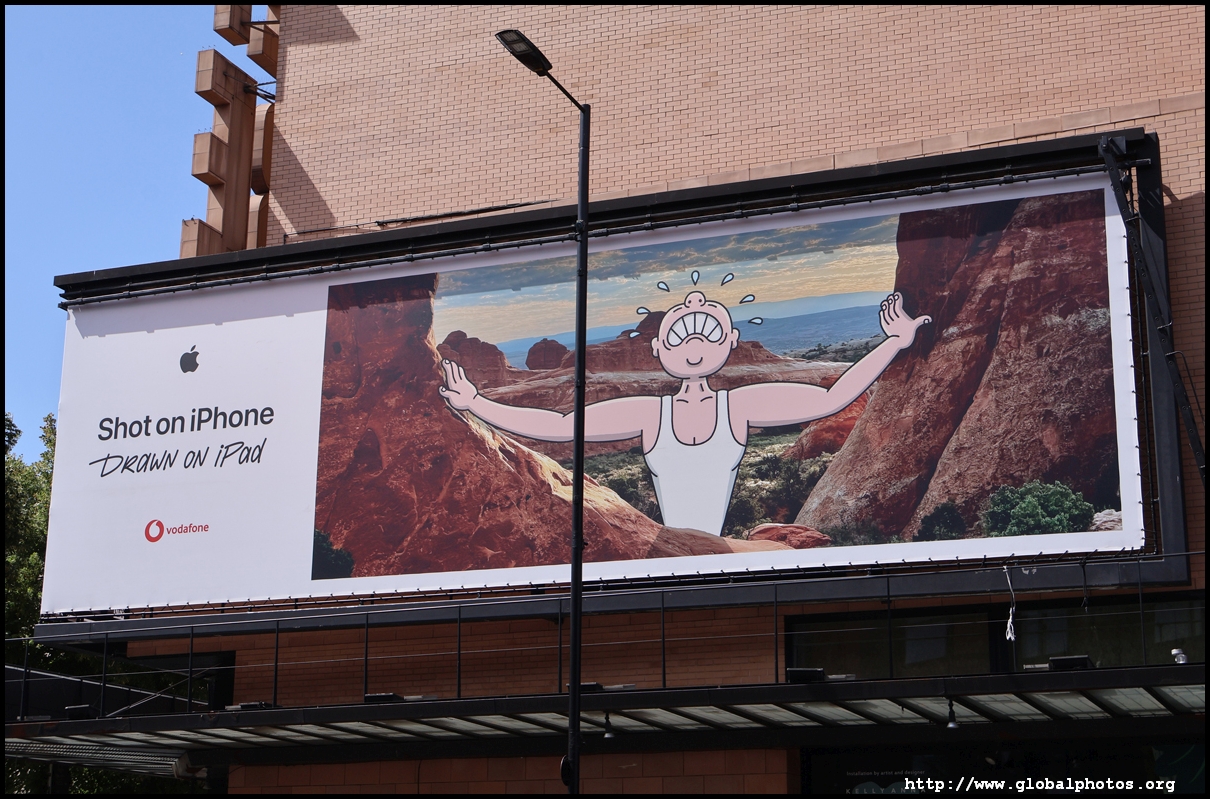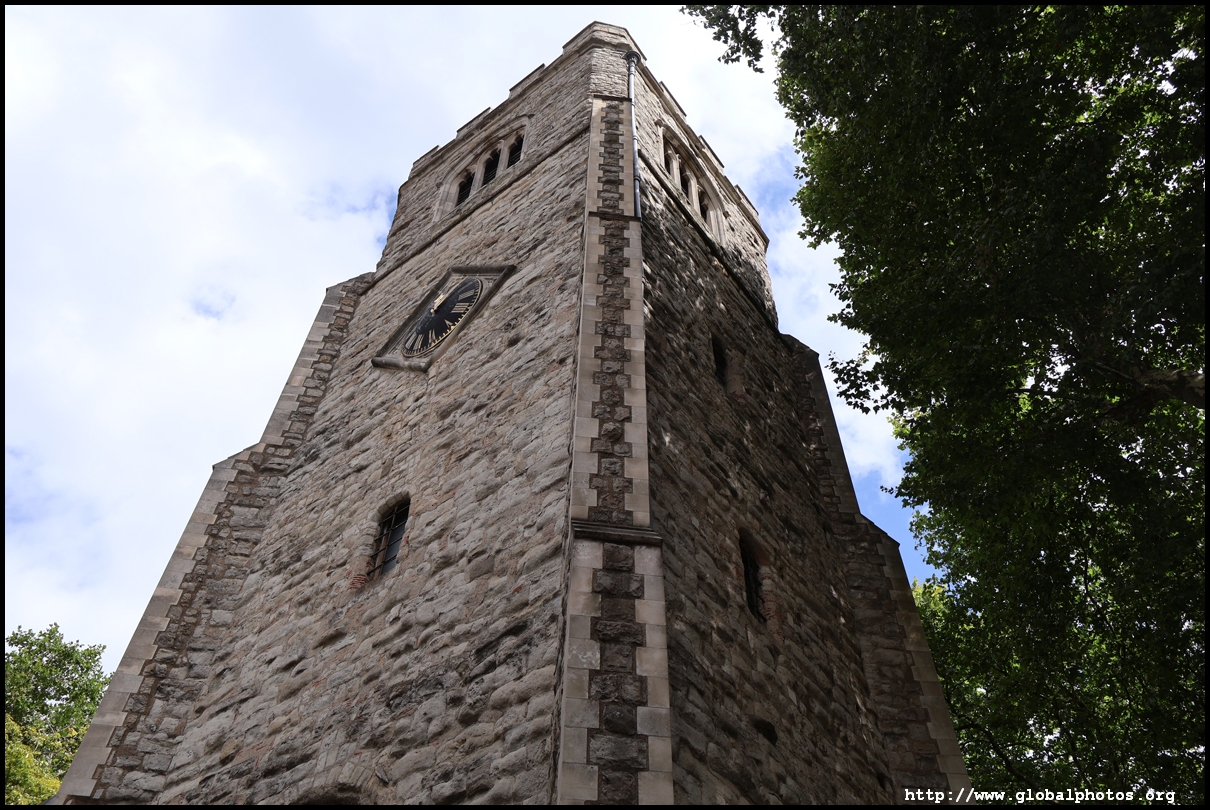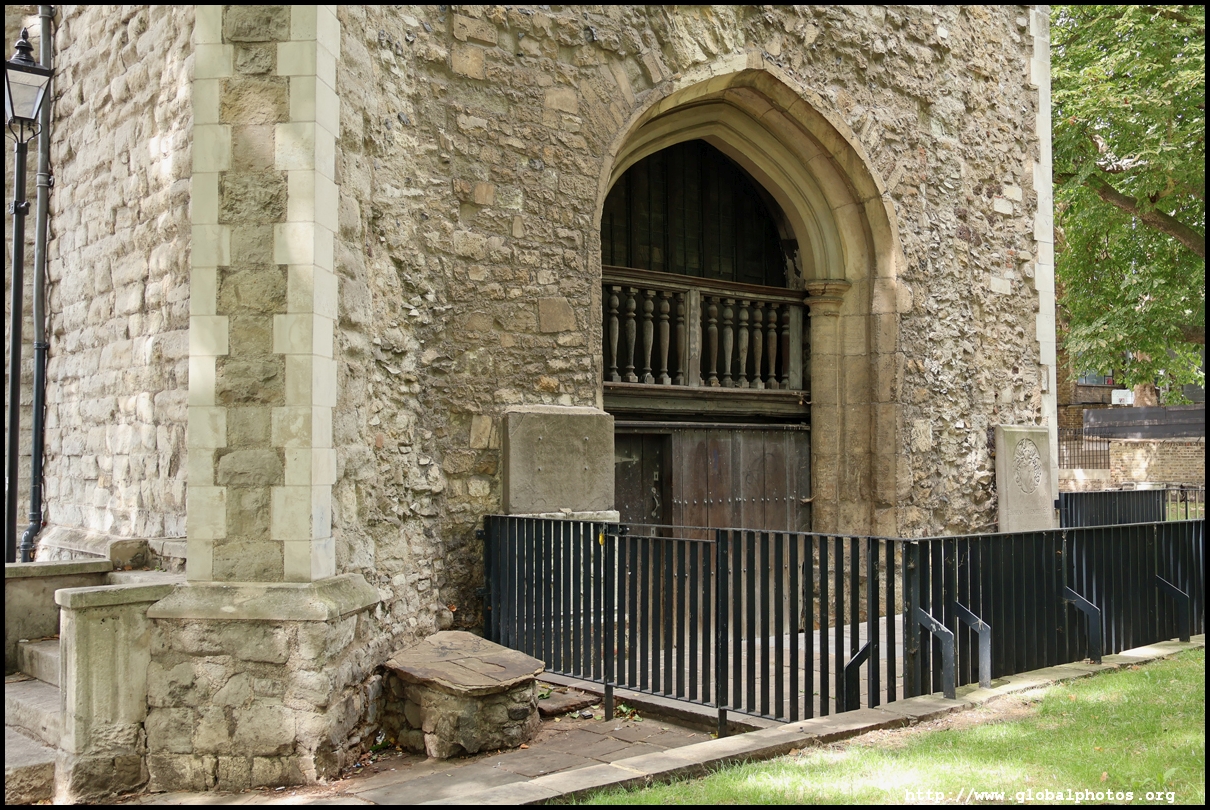London Photo Gallery - Hackney
Hackney's local history museum showcases its history with stories of new immigrants, local industry, and its once notorious reputation.In 1938, Martin Sulzbacher and his family fled Nazi Germany and came to Hackney. He was interned by the British government, who accused him of being an enemy alien and sent to Australia while his wife and children were sent to the Isle of Man. His relatives buried 160 gold coins in 2 jars in the garden, but its location was forgotten as they perished during bombing raids in World War II. The first jar was found by builders in 1952, while the second was found in 2007. His children then donated it to the museum.
This fire engine was staffed by volunteers. A team of men would pump the water out the leather hose.
The Turkish diaspora who worked in the area's garment trade is featured in a special exhibition in this display case. They came from the late 1960s onwards to work in the cramped factories, sharing homes with strangers, and forming their community. In the 1950s and 60s, new immigrants from the Caribbean and Asia often were employed in low-paying short-term jobs, so they relied on cheap rentals. To make matters worse, some faced racism from land-owners. The local councils also cleared the area's slums, but as new estates came in their place, they became as bad as the slums that have been replaced. This door originally was at 91 Worship Street in Shoreditch, which date from the 1860s. Originally, the rowhouses were meant to provide ideal living and working conditions for craftsmen, but became run town. This eel pie shop first opened in Dalston in 1910 but as dining tastes changed, it was sold and turned into a Chinese restaurant named "Shanghai", but much of the original features were retained. In the 19th century, matchboxes were usually made by hand in people's homes. 144 matchboxes would earn you 2 pence back in the 1860s, which was the price of a loaf of bread. If you can make each box in 30 seconds or less, you should earn enough to afford a small house and eat meat once a week.
With many immigrants arriving the 19th century, many were willing to work for small factories and workshops where both adults and kids worked for long hours in dire conditions. These smaller sweatshops easily avoided inspection, and the matchbox industry was notorious for exploitation. Overcrowding, poverty, depression, and crime all mixed together in this part of London. Even missionaries came to the area hoping to save the poor souls. Heading back outside, there are a few places of architectural interest in the area. This area is now under rejuvenation and is no longer a slum back a century ago. Hackney Empire was built in just 38 weeks and opened in late 1901 as an entertainment venue with a theatre and music hall. Plenty of famous folks had taken stage here, including Charlie Chaplin and Houdini. Escaping damage during World War II, it became a TV studio in 1956, bingo hall in 1963, and almost came under the wrecking ball in the 1980s.
The current Town Hall dates from the 1930s with a Portland stone exterior and Art Deco interiors. As a fine example of civic architecture, the building is now Grade II listed and just across the street from the museum.
St. Augustine's Tower is Hackney's oldest building, a survivor of the 13th century parish church that was demolished in 1798.
|
To re-use these photos, please notify me by email : asiaglobe@yahoo.com.hk.
